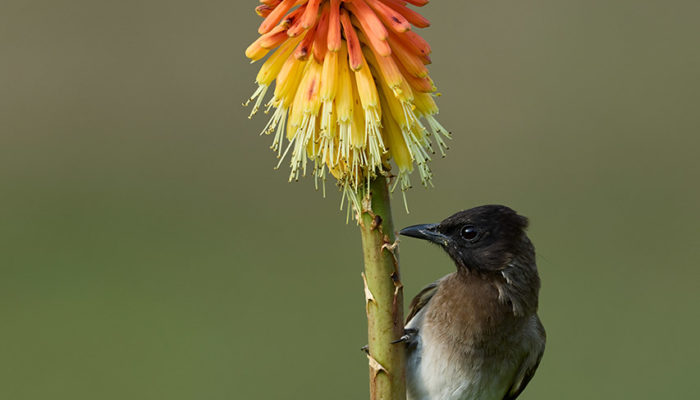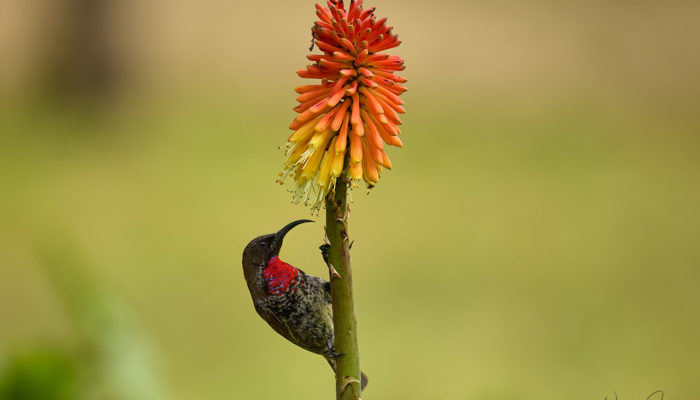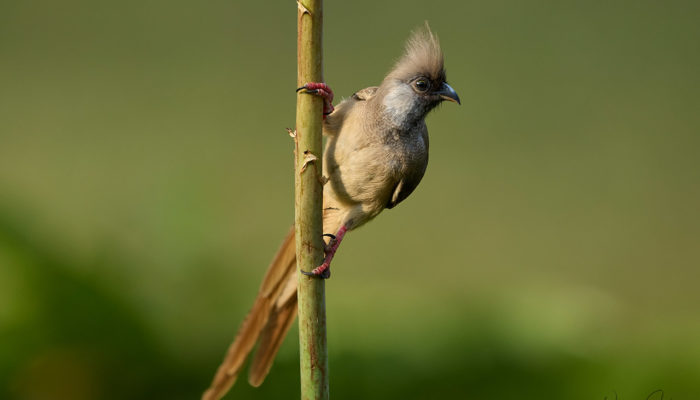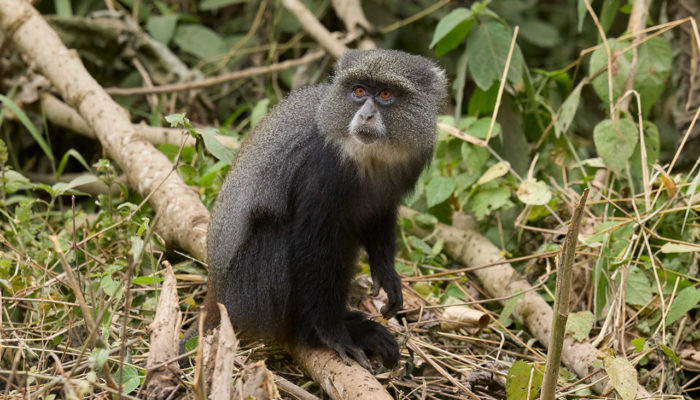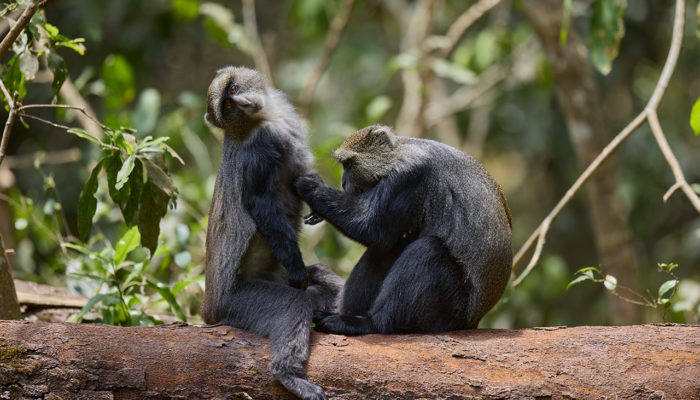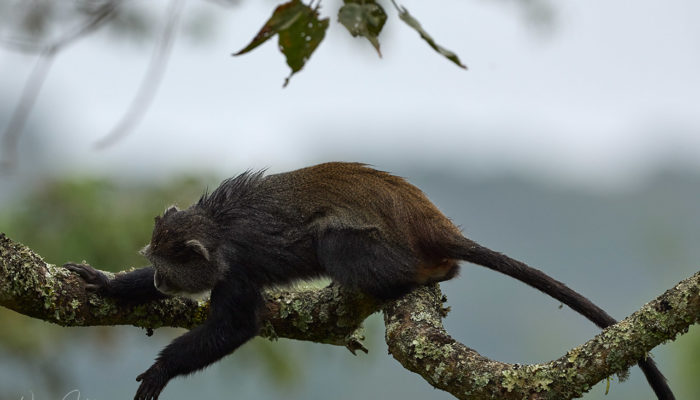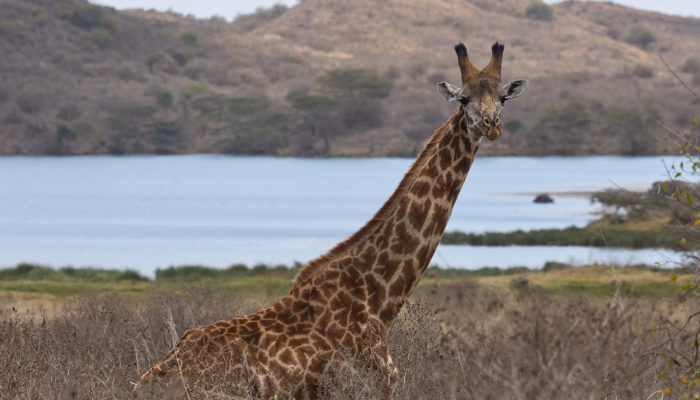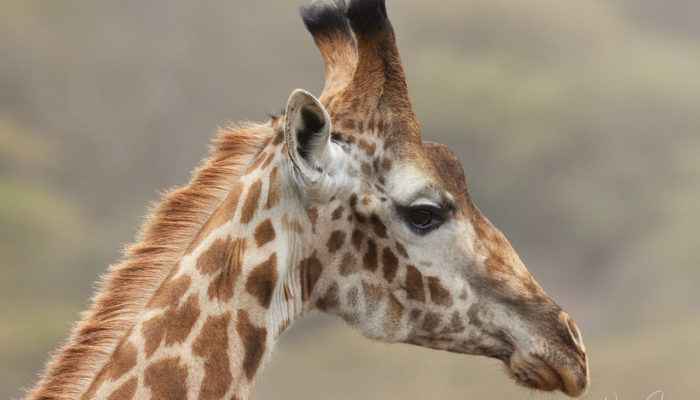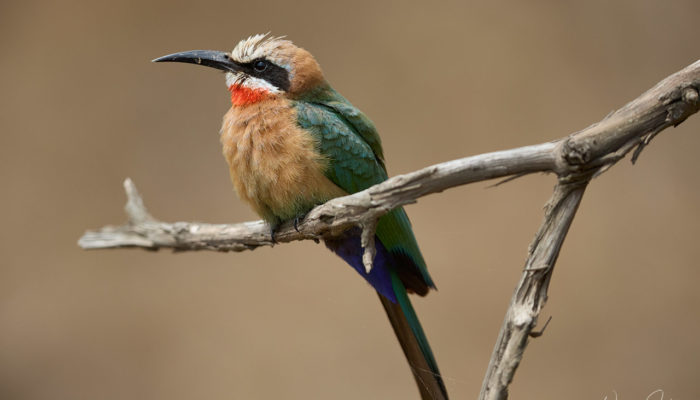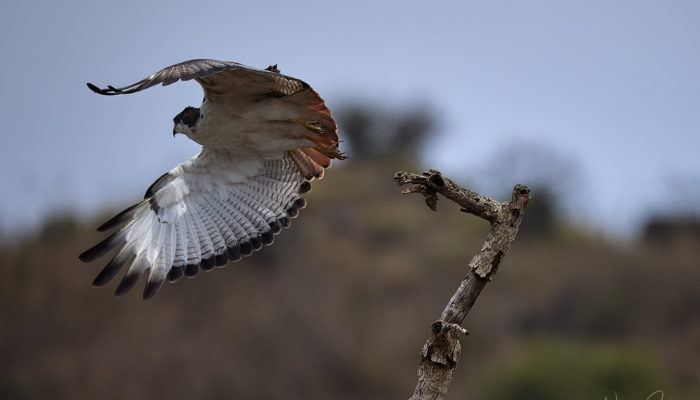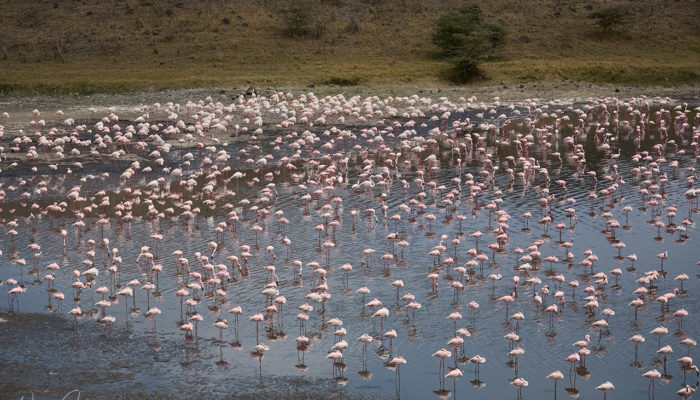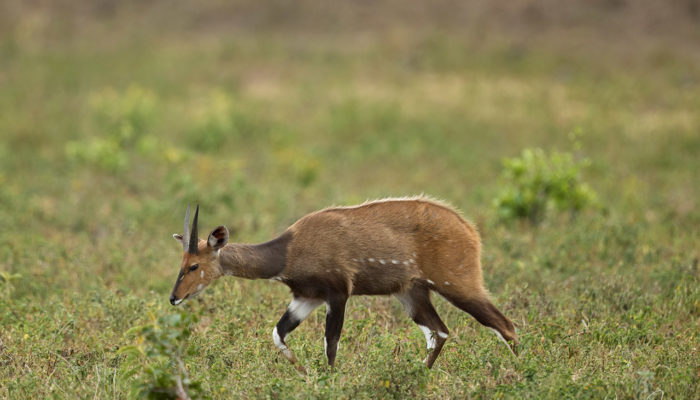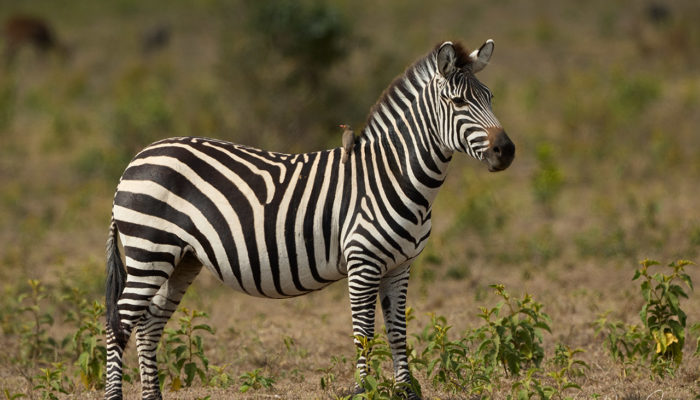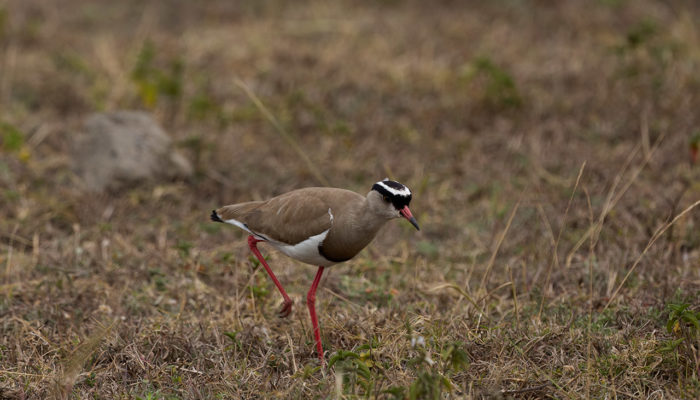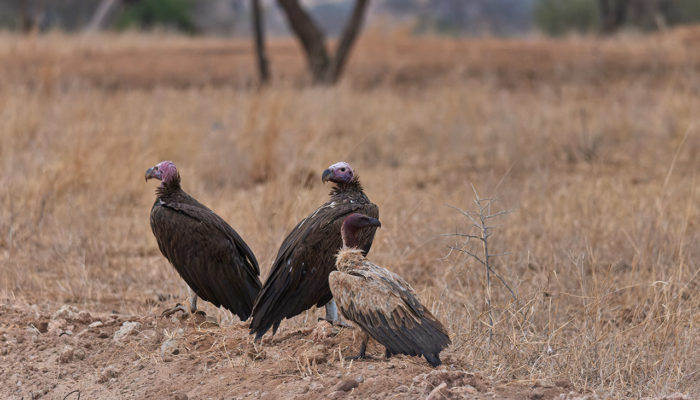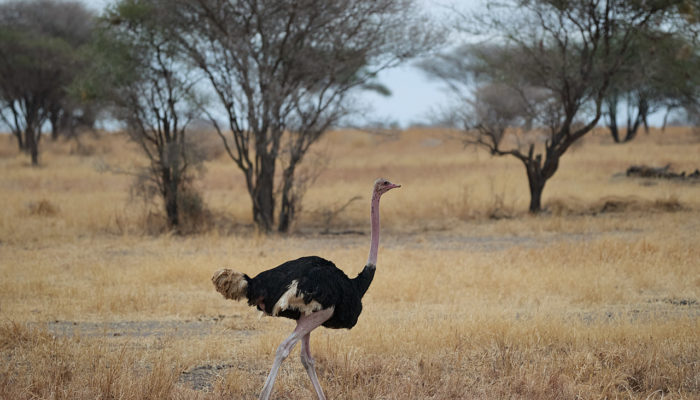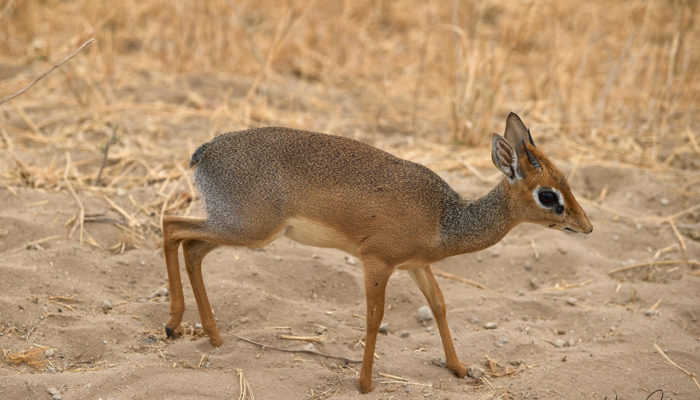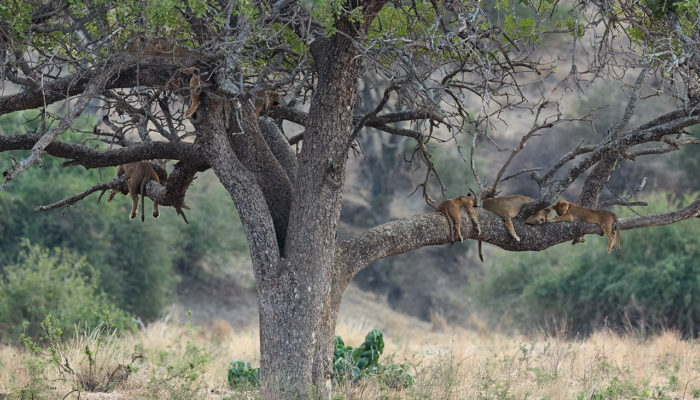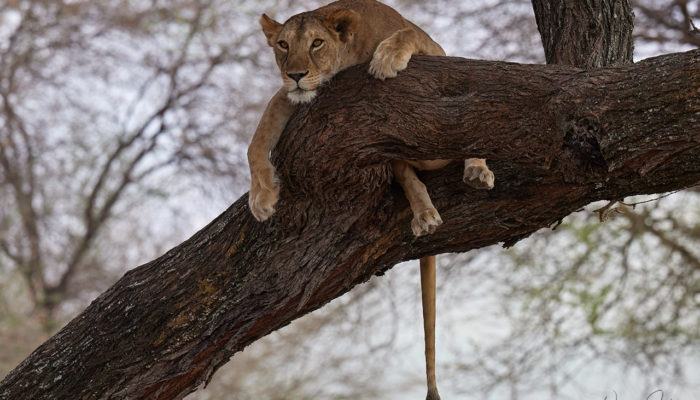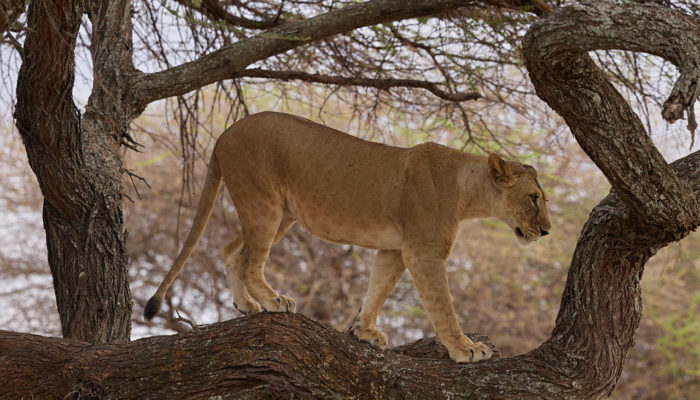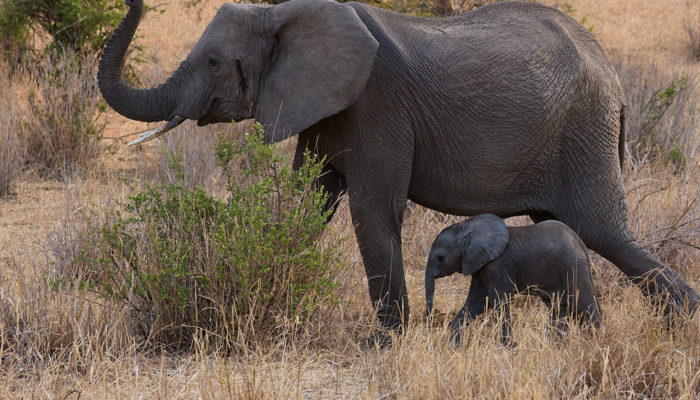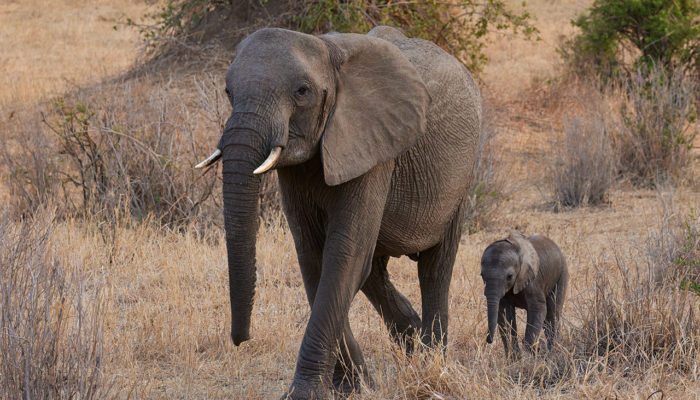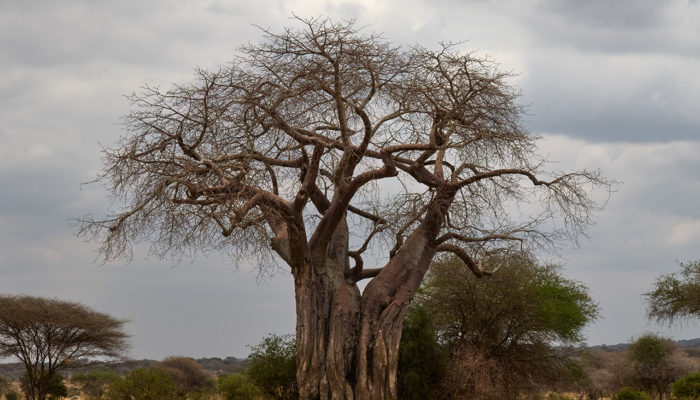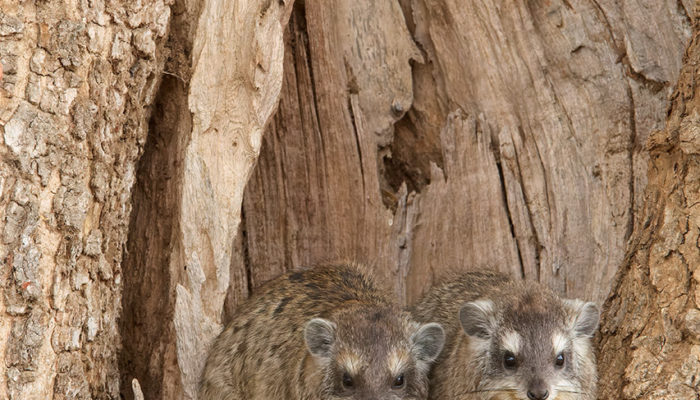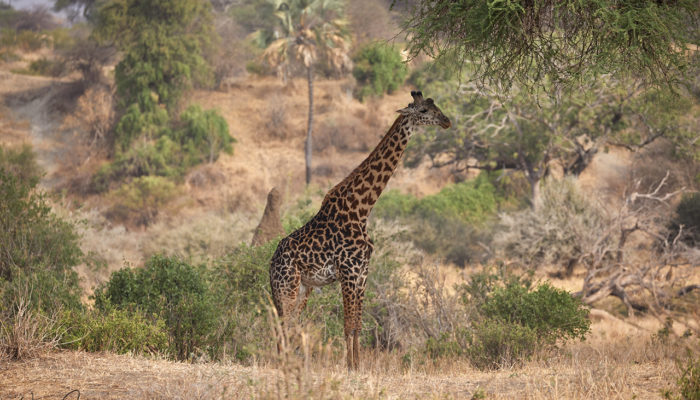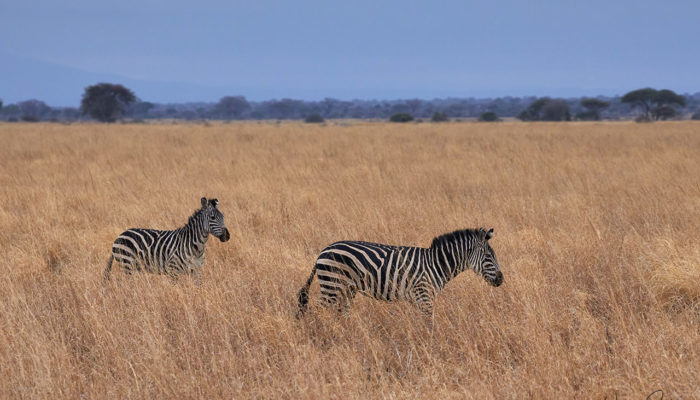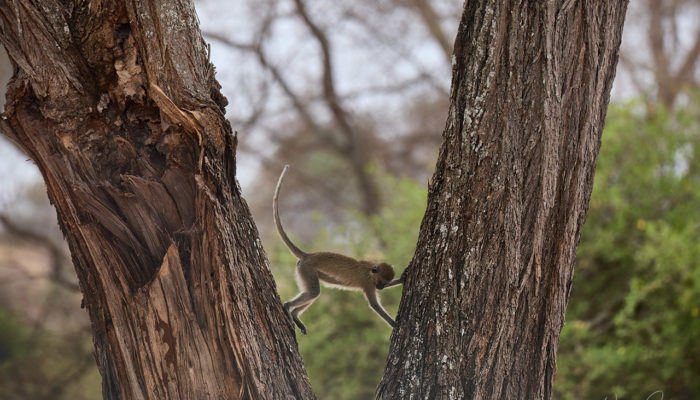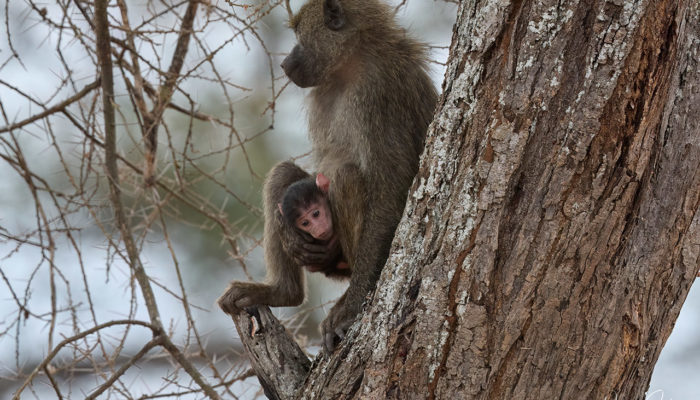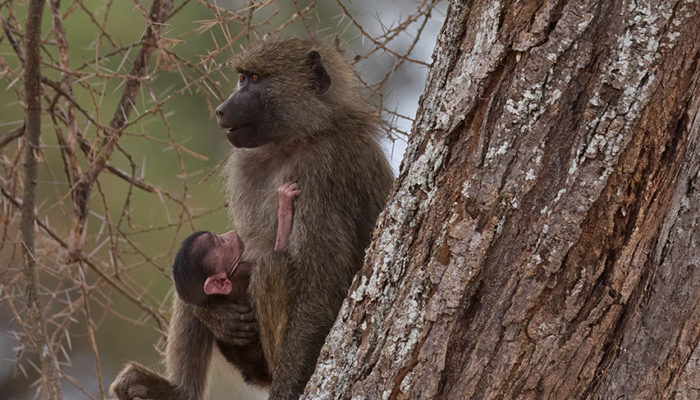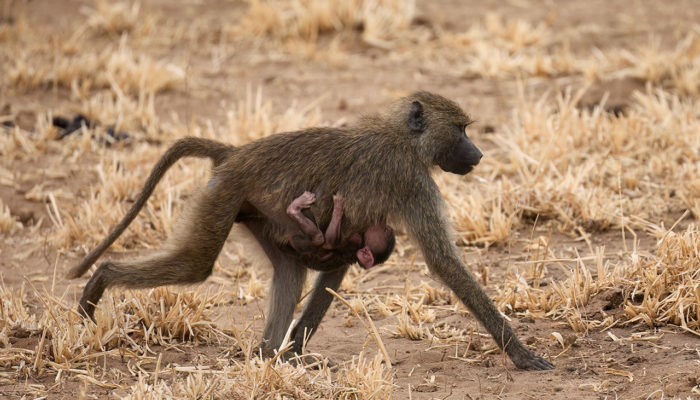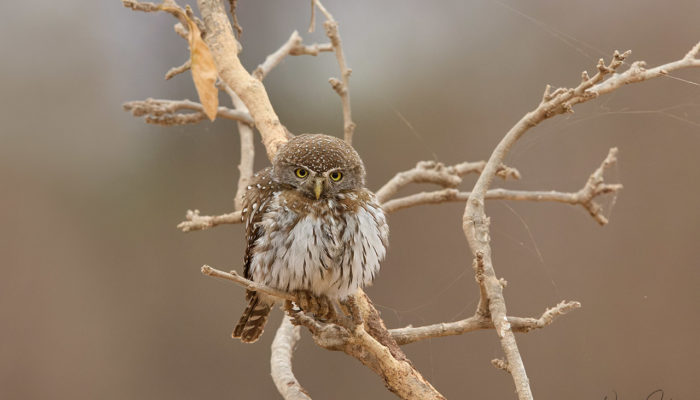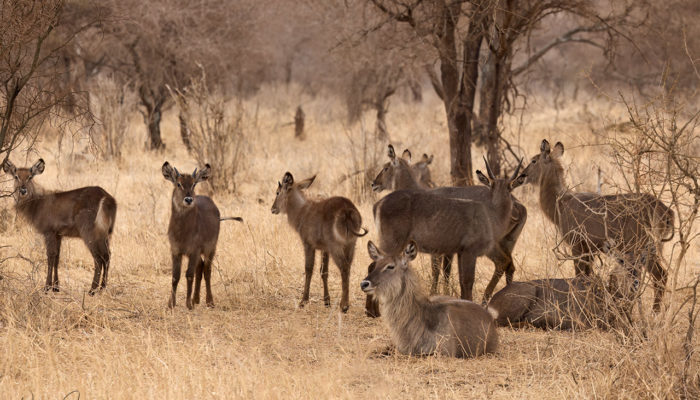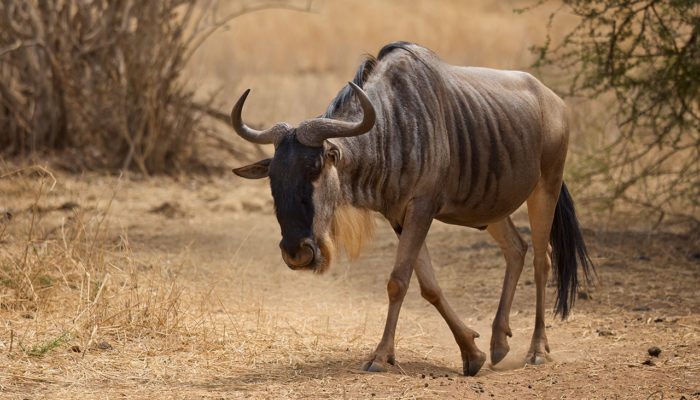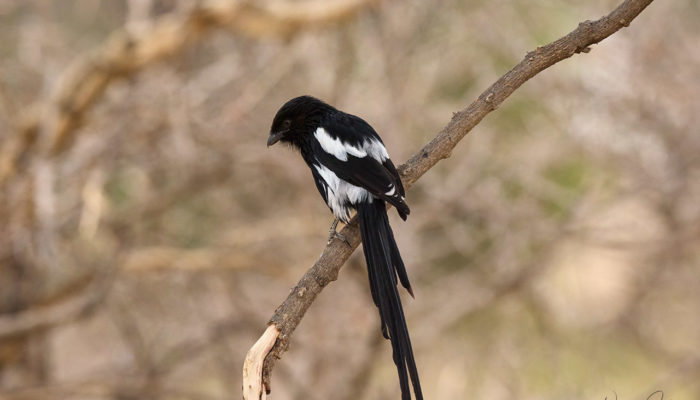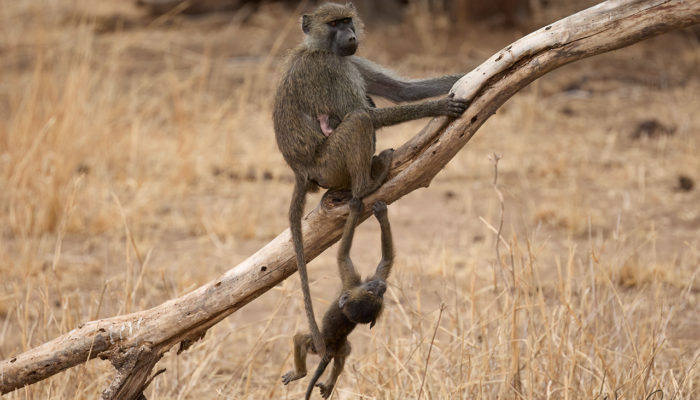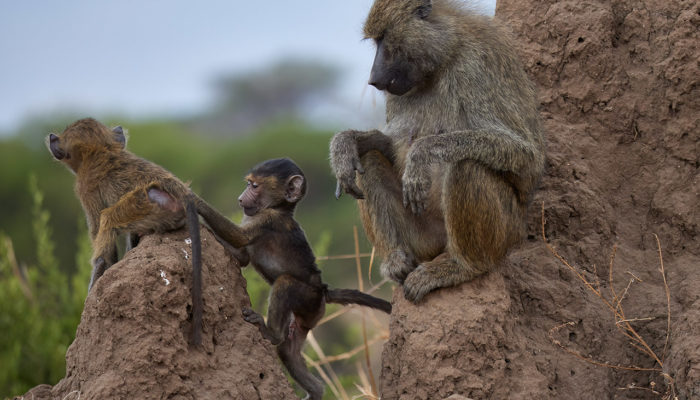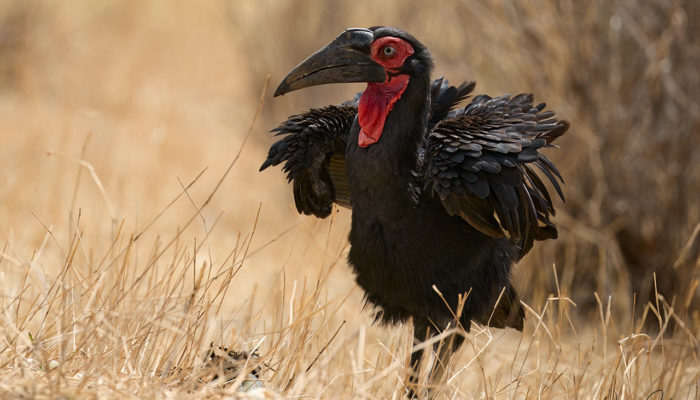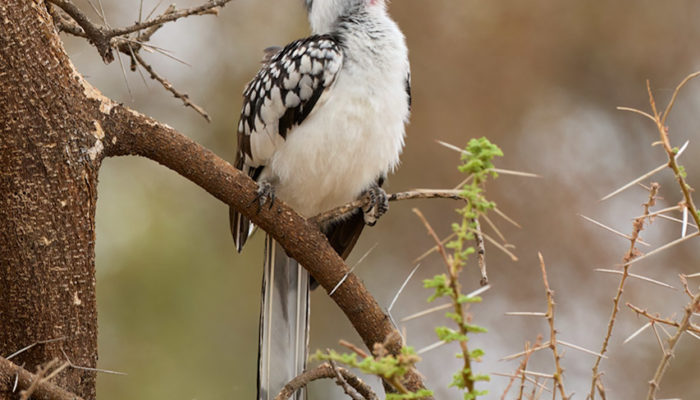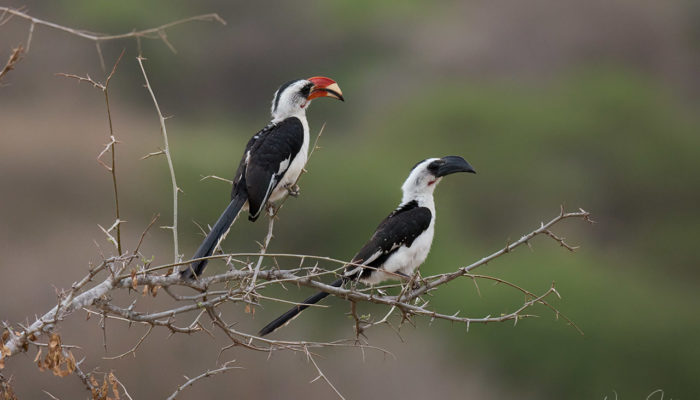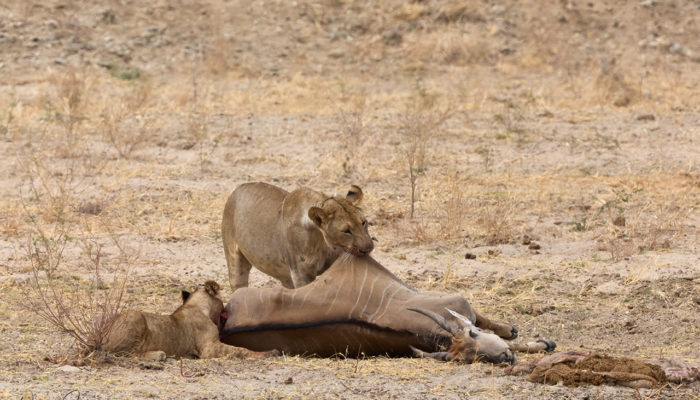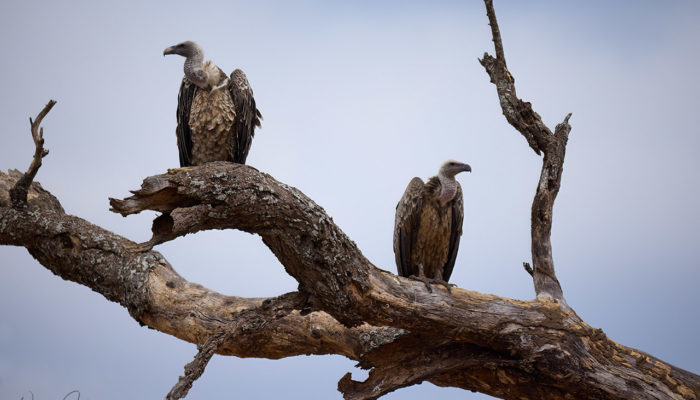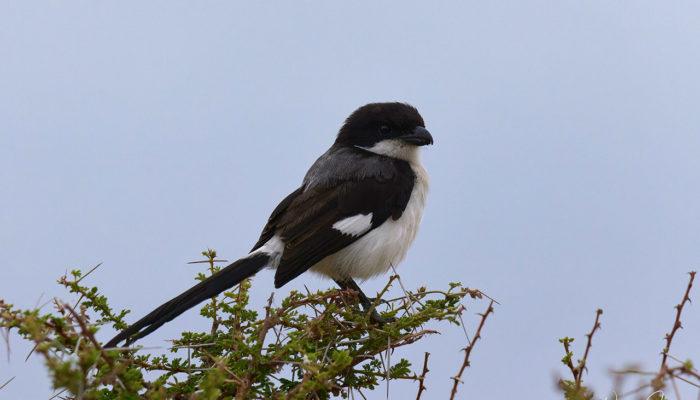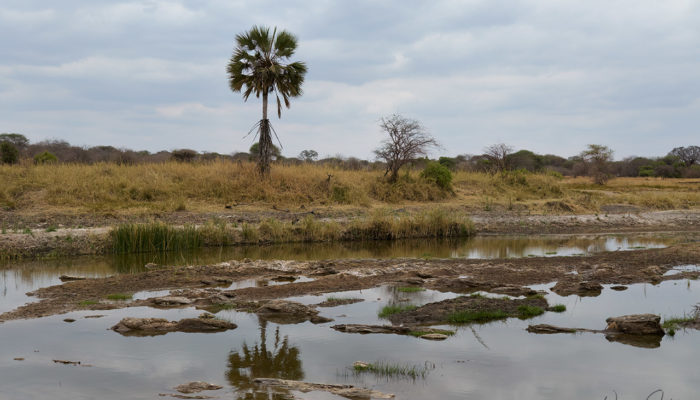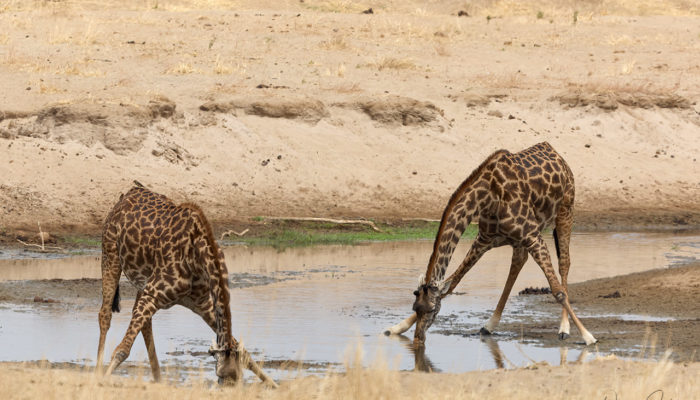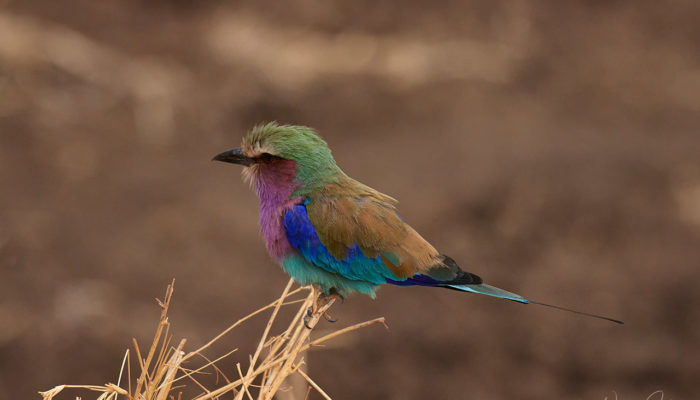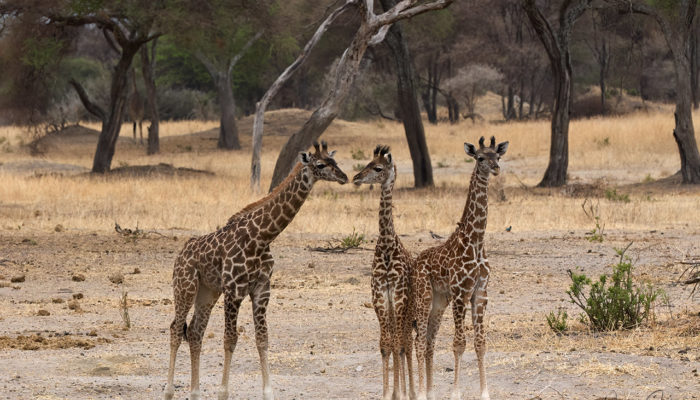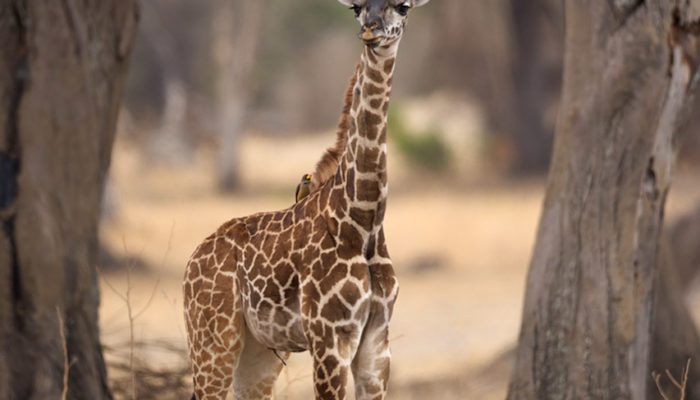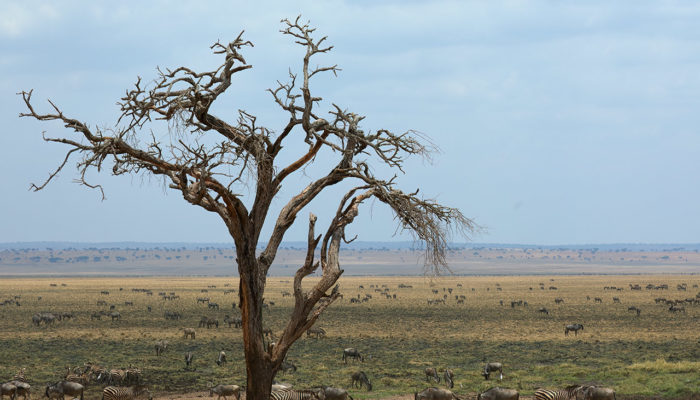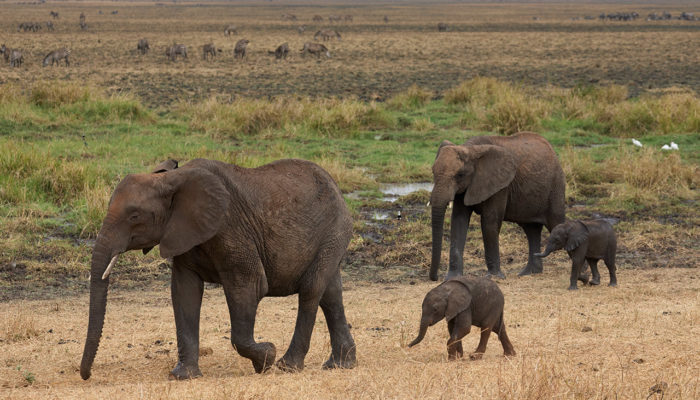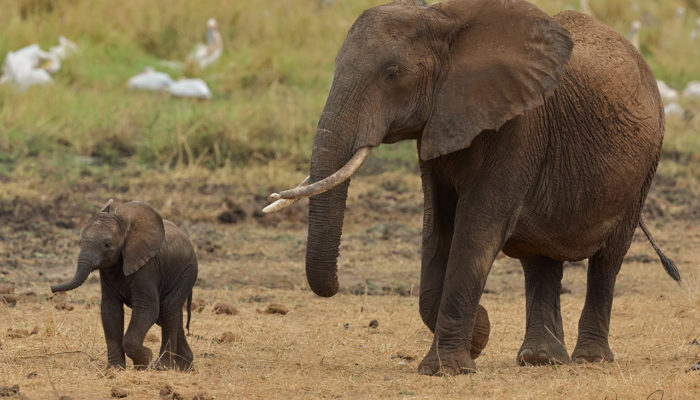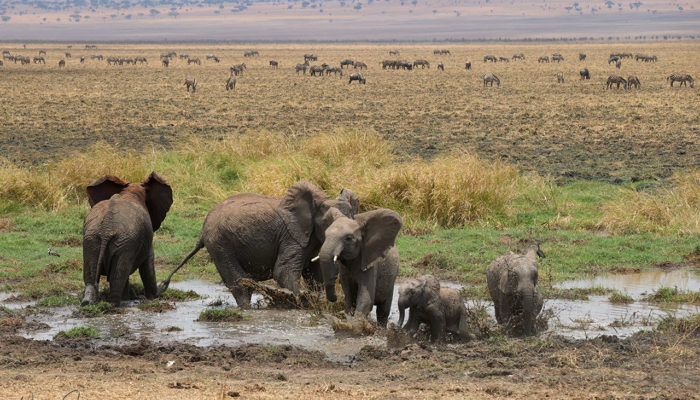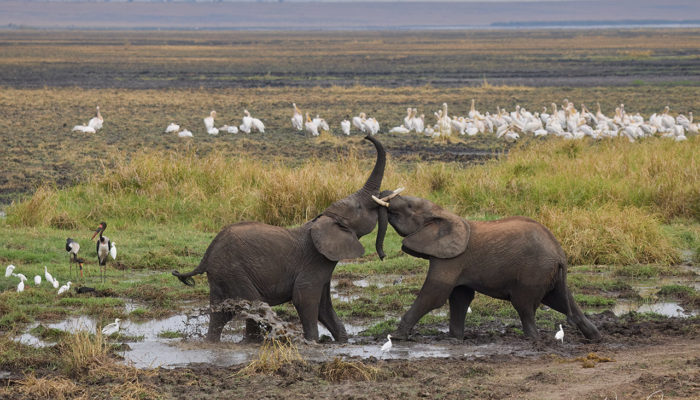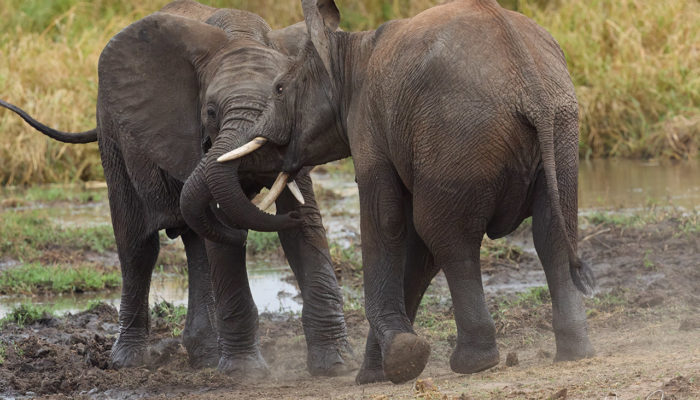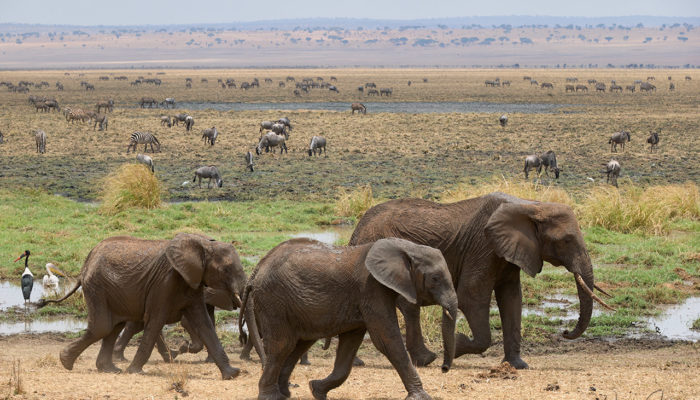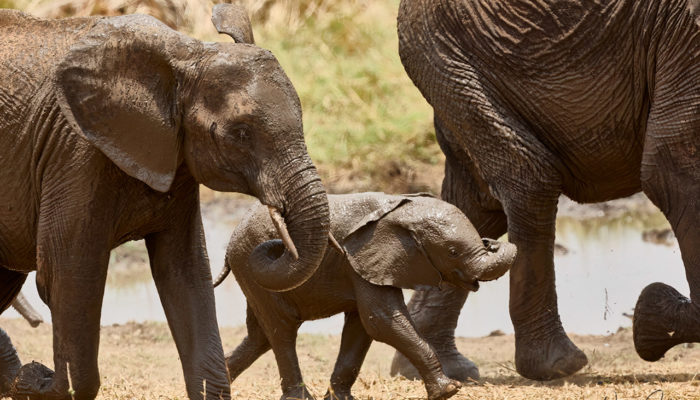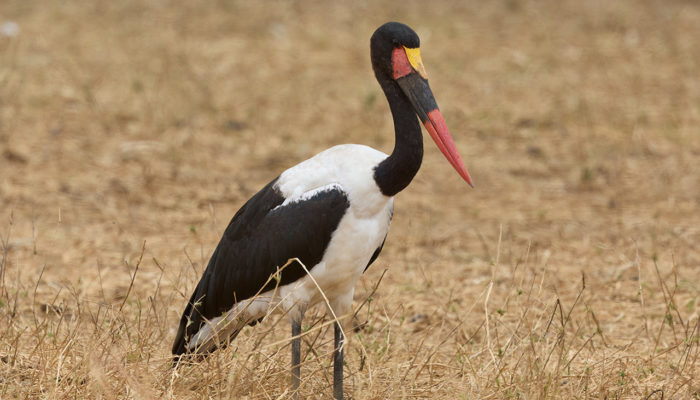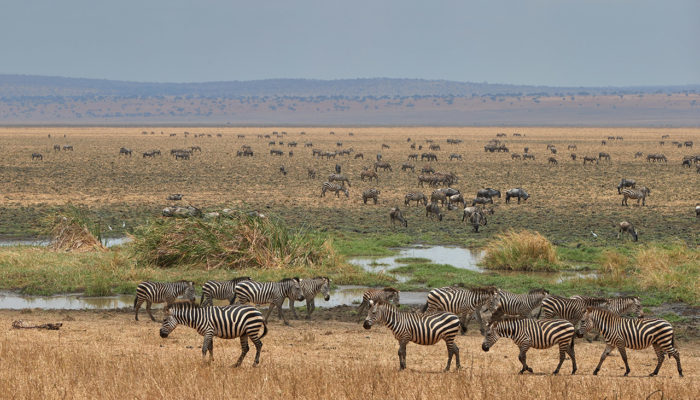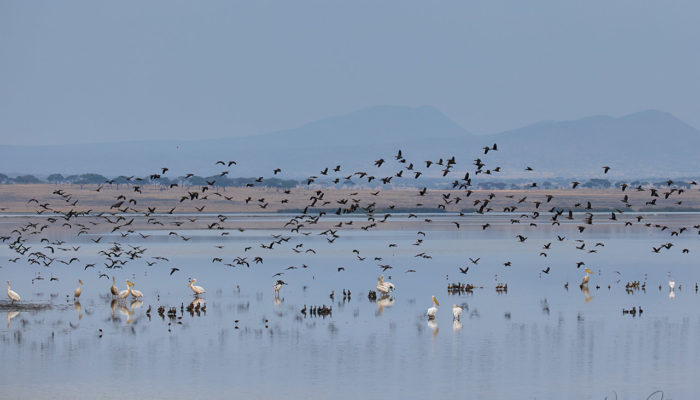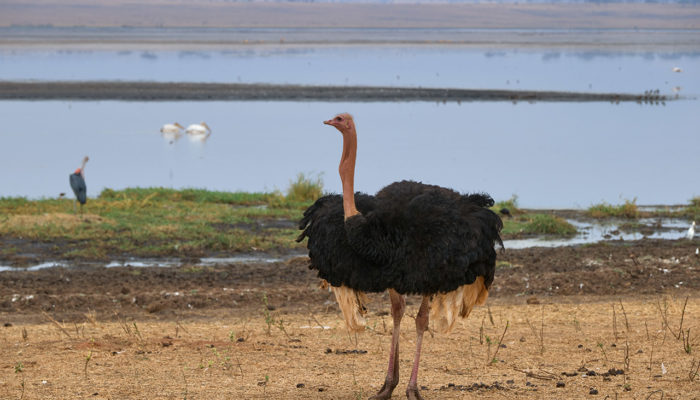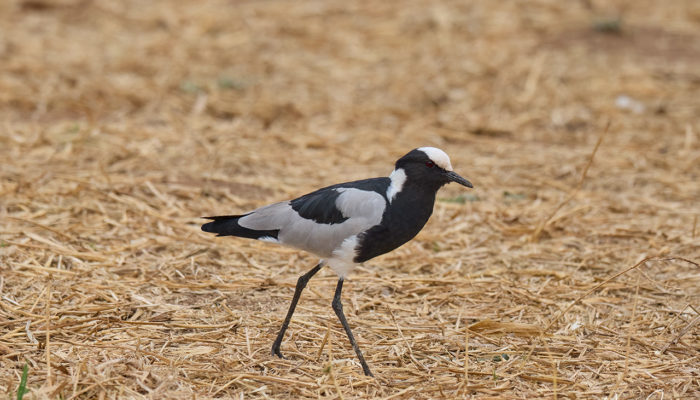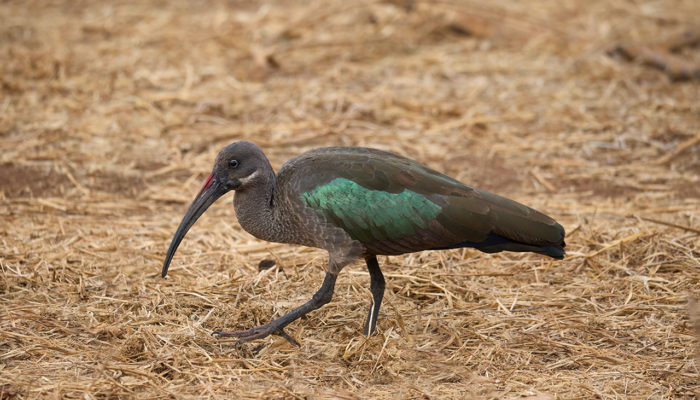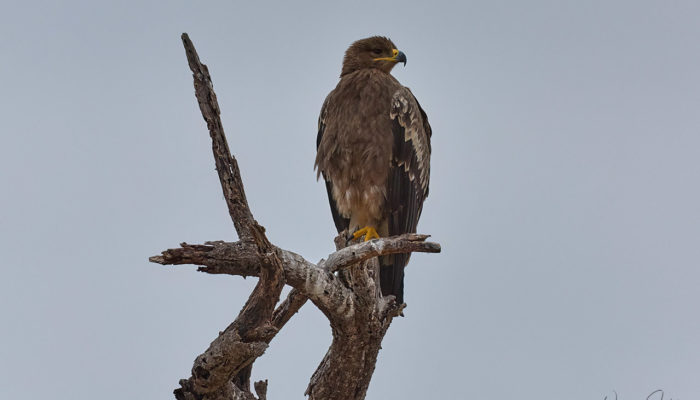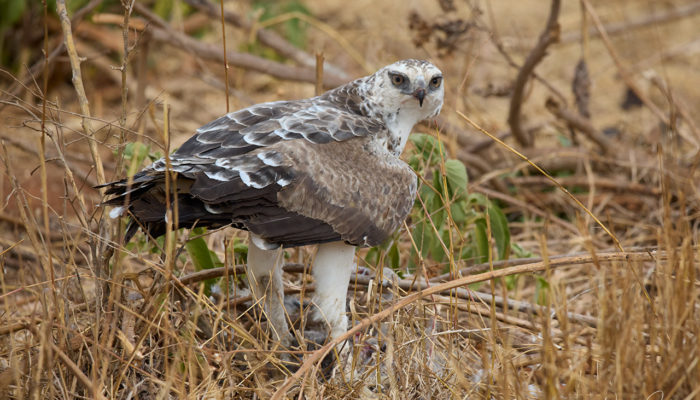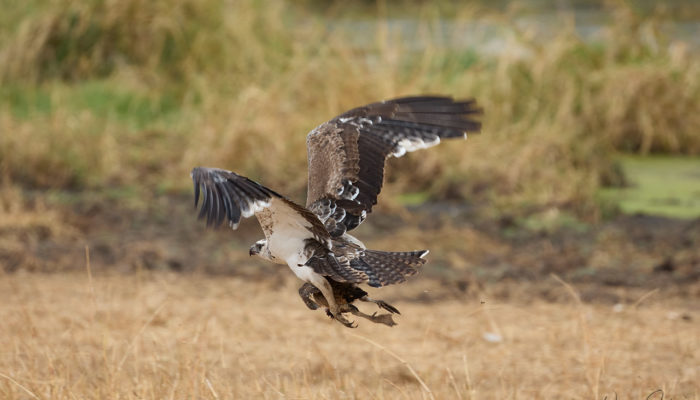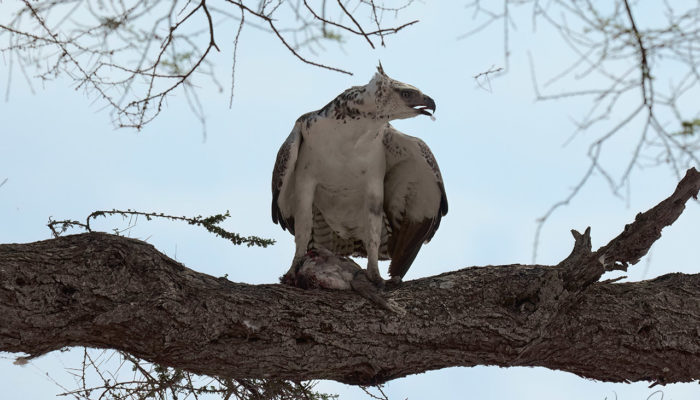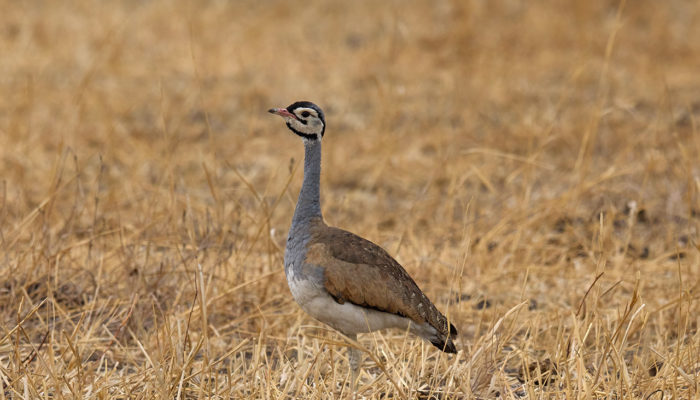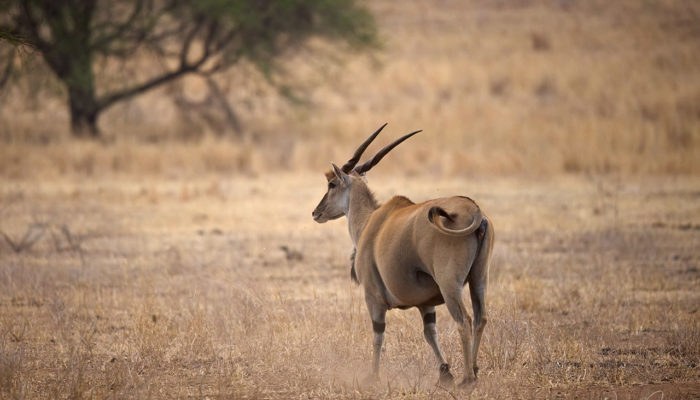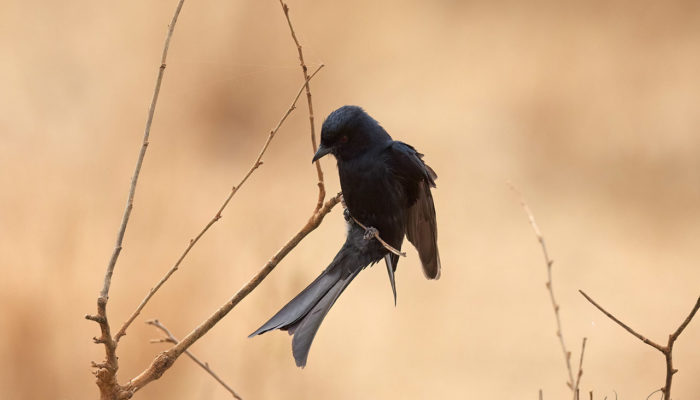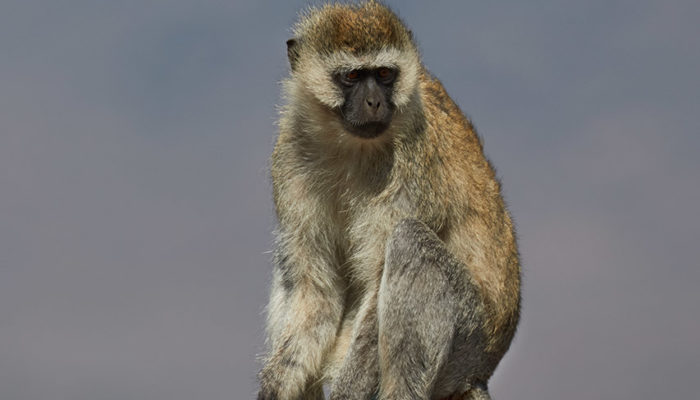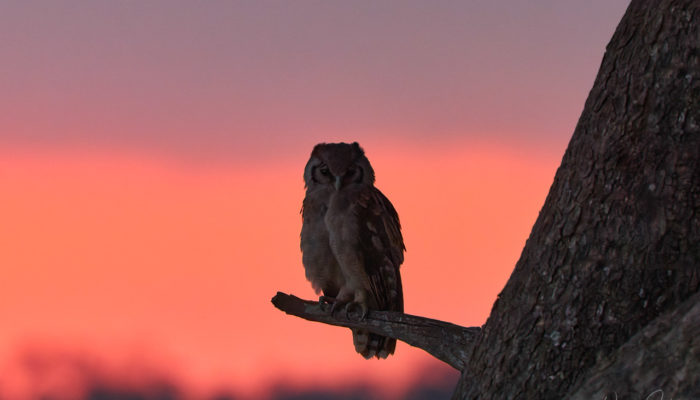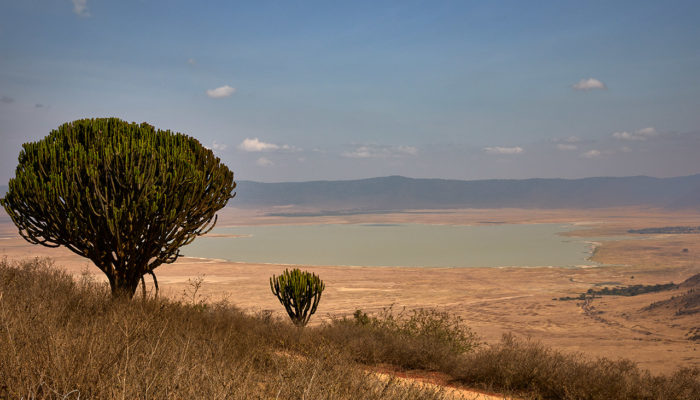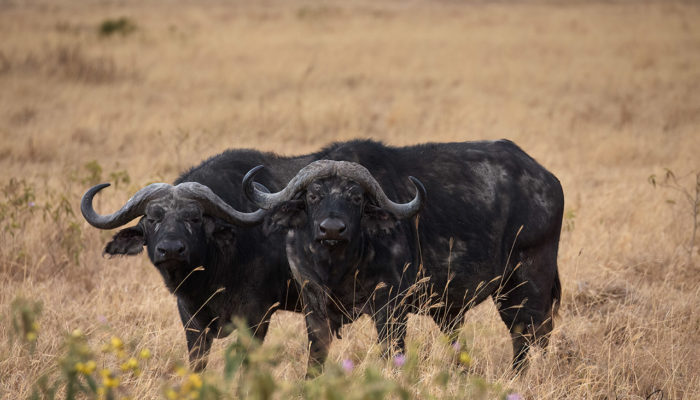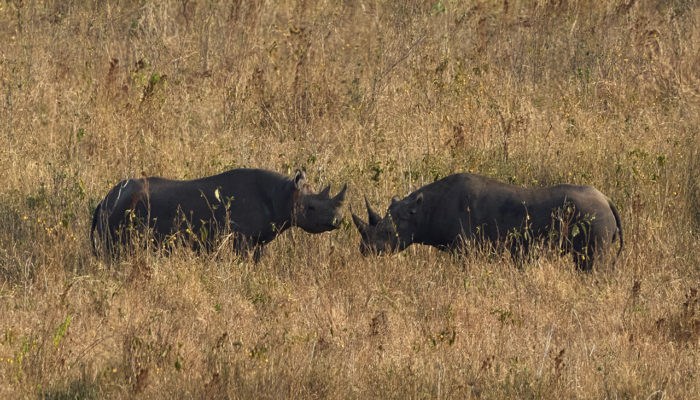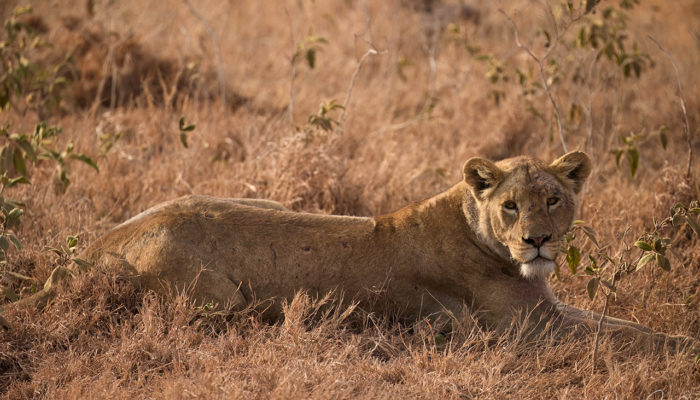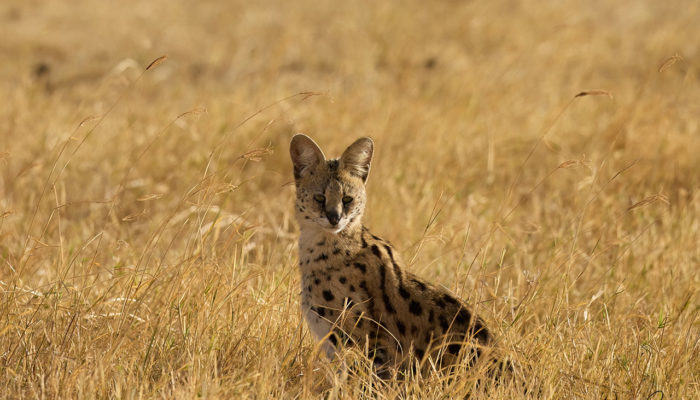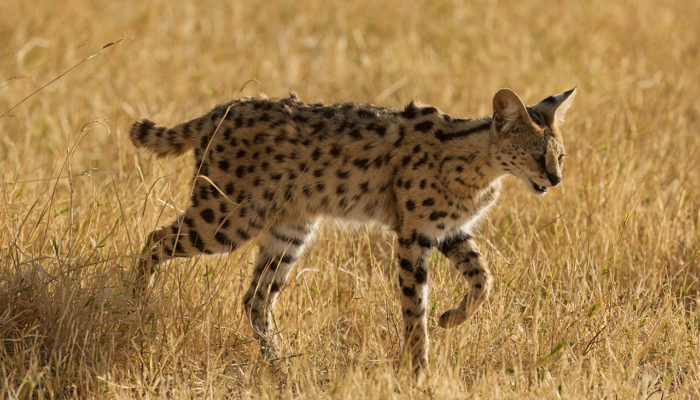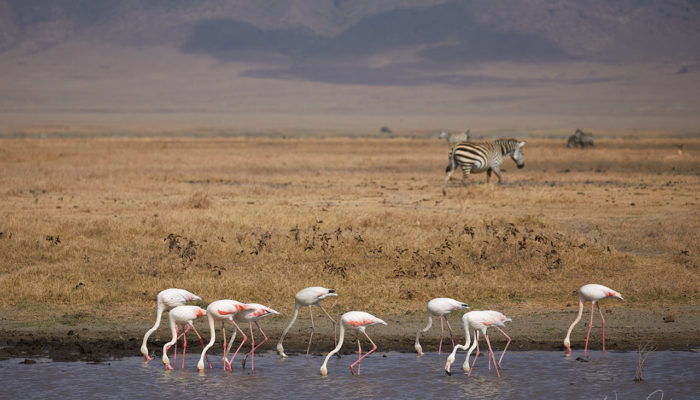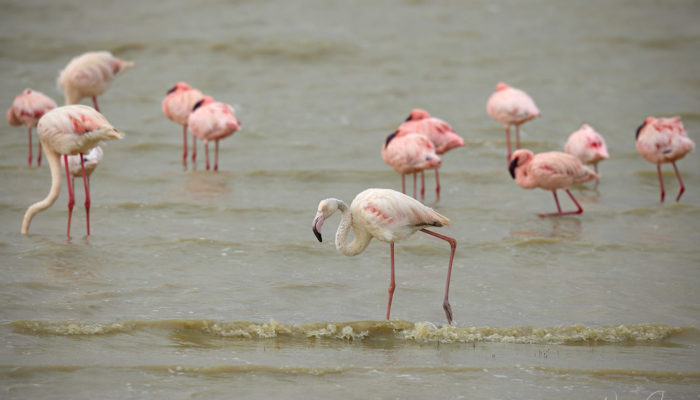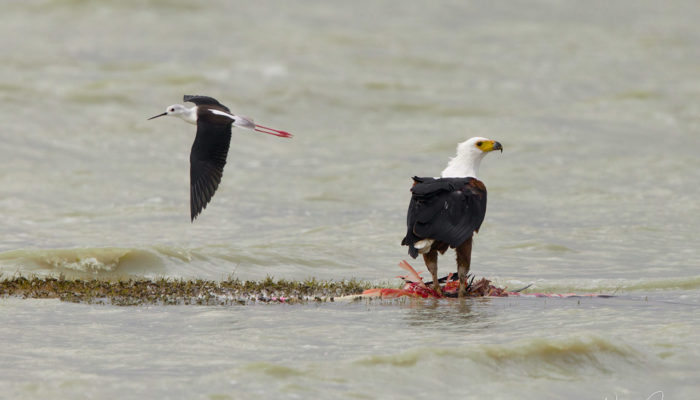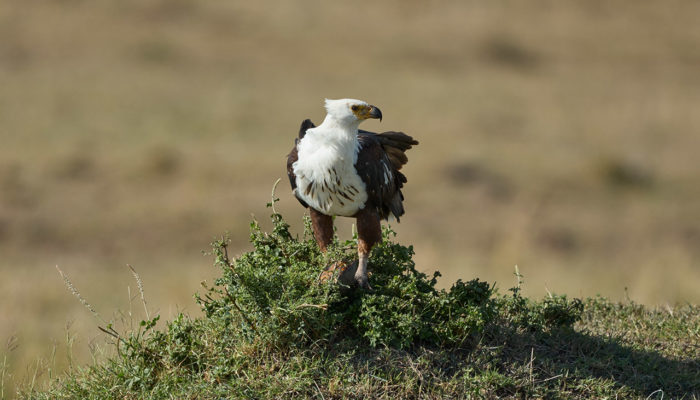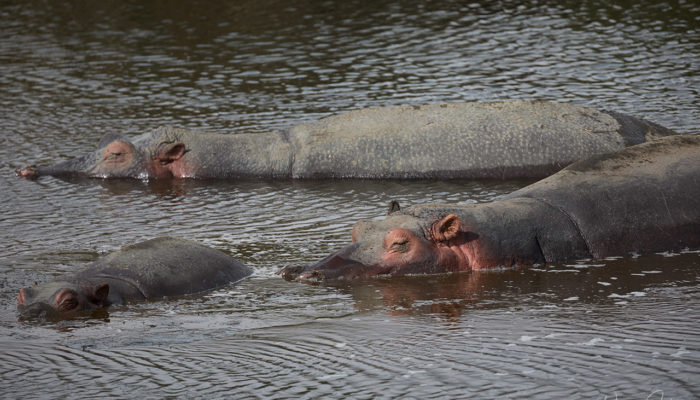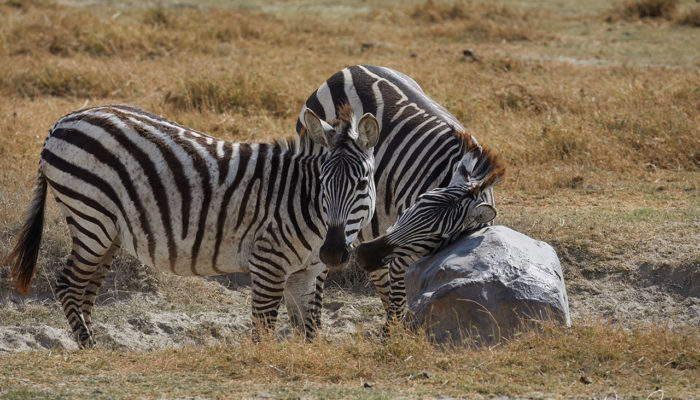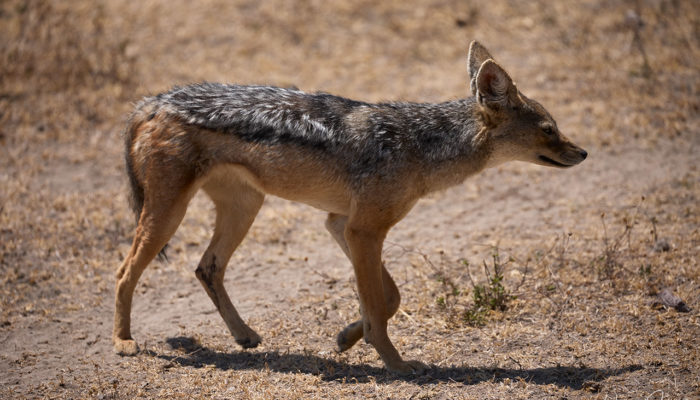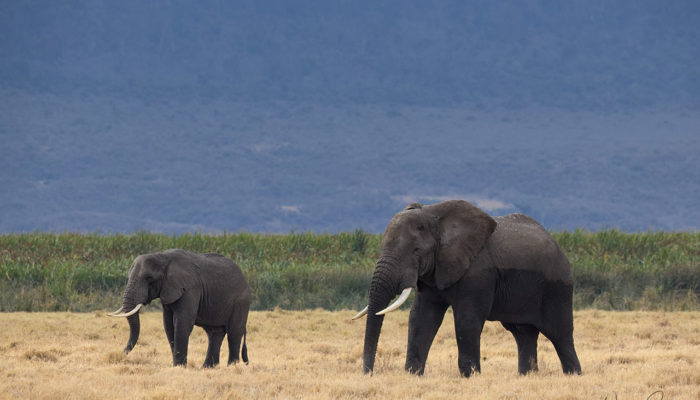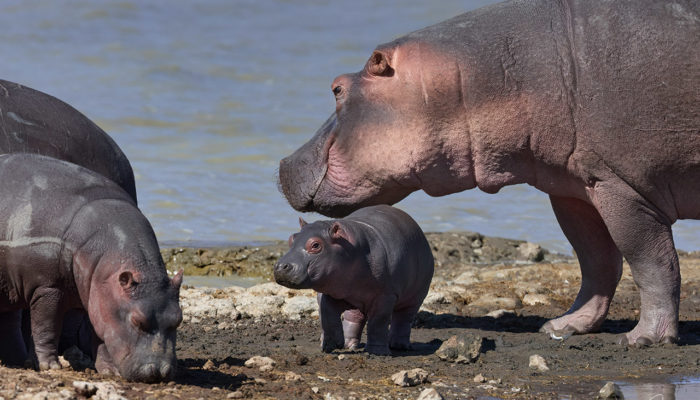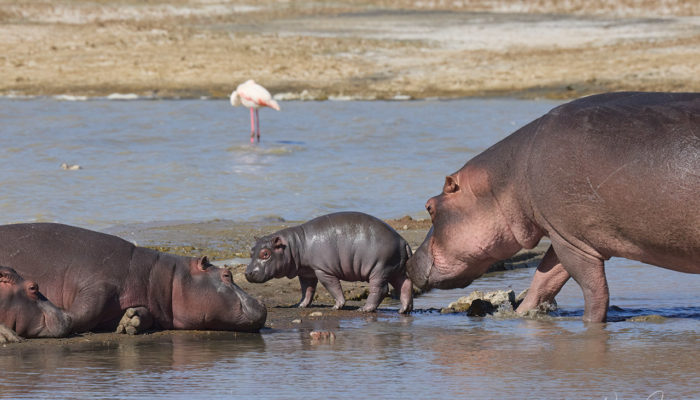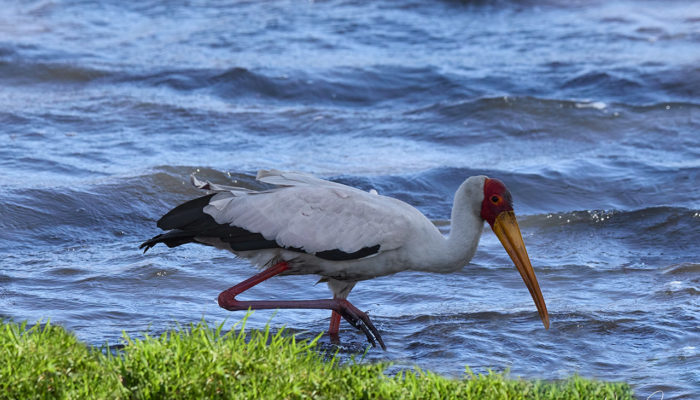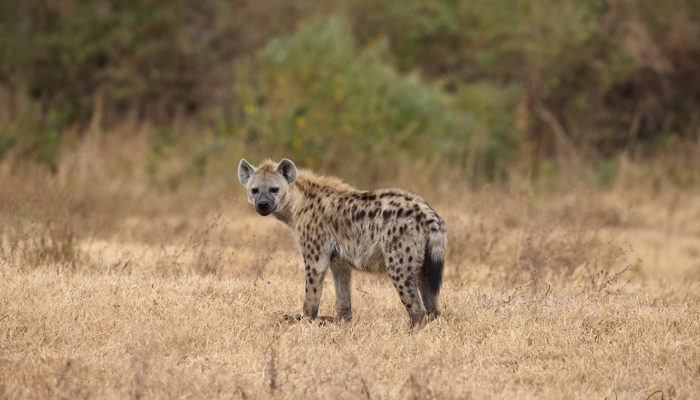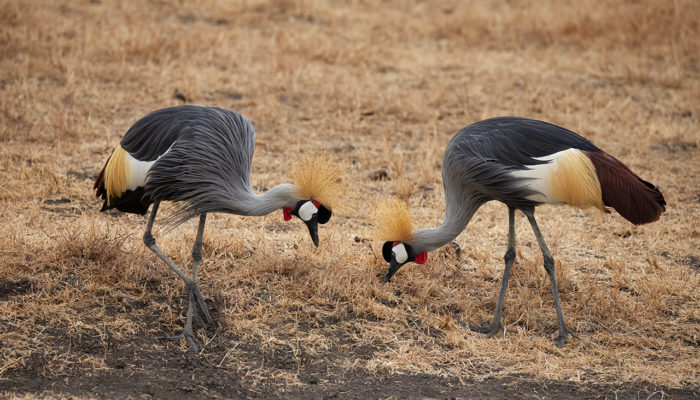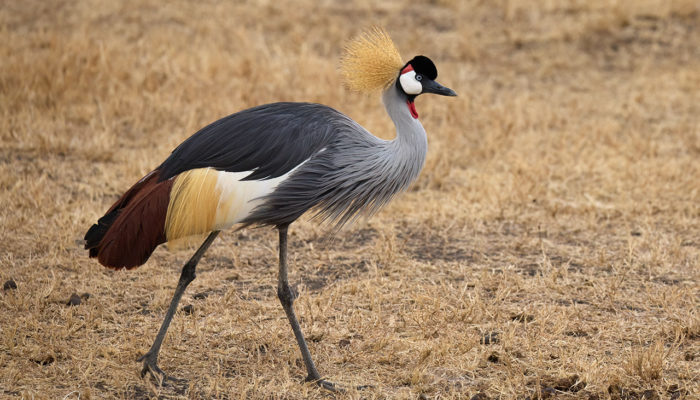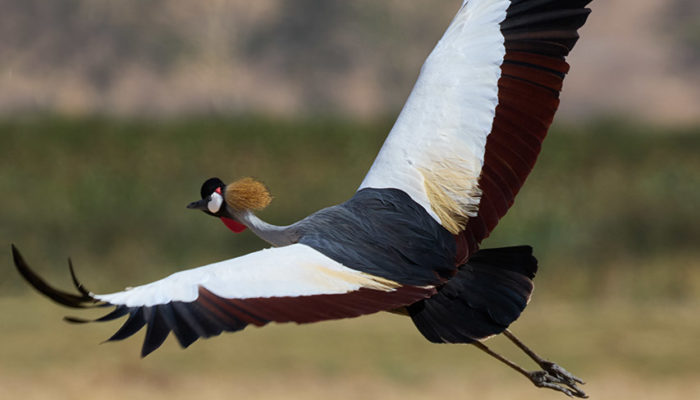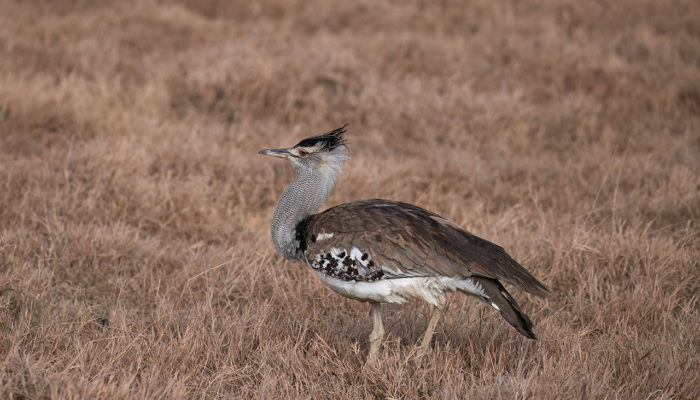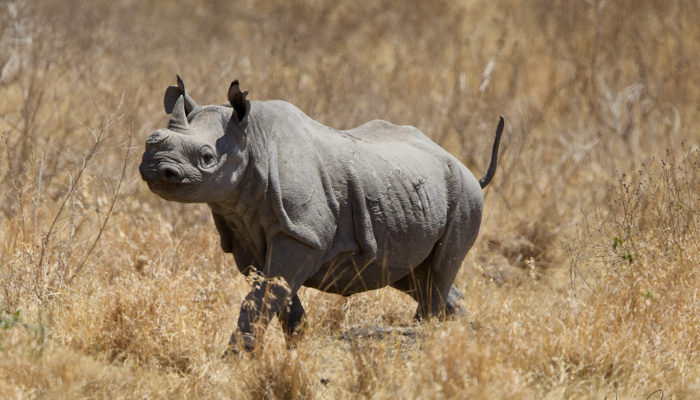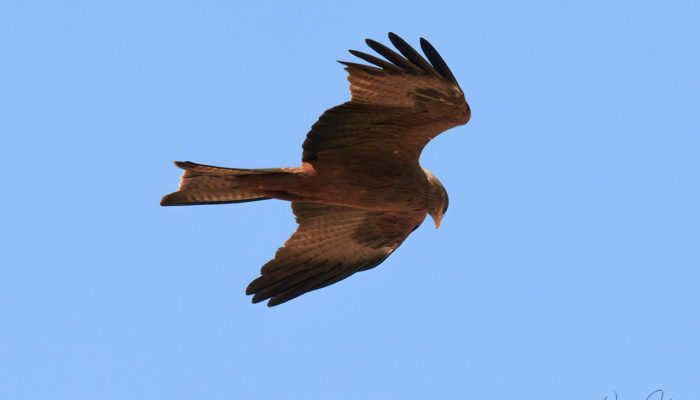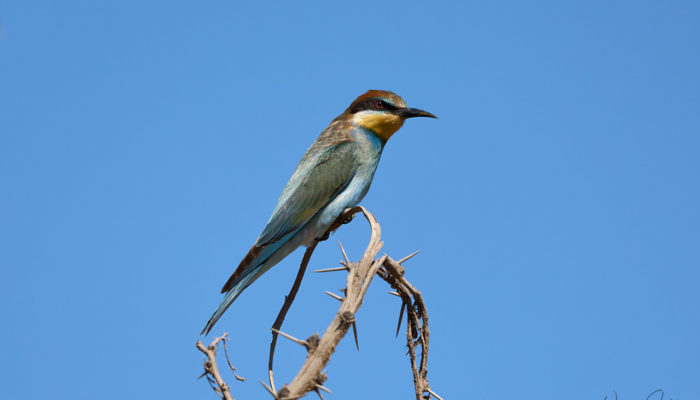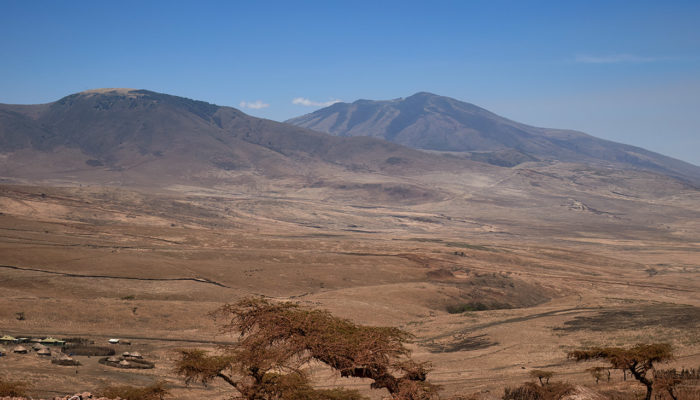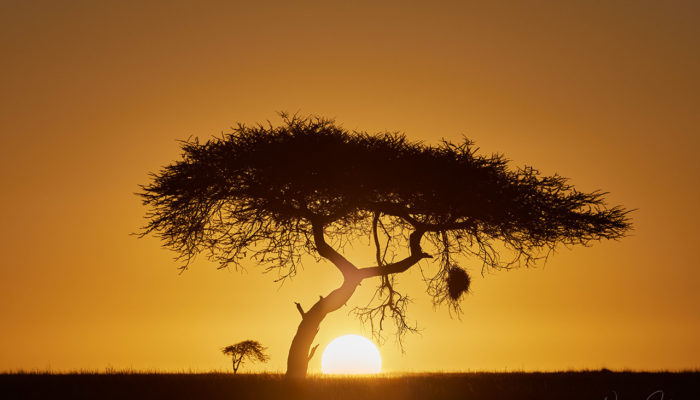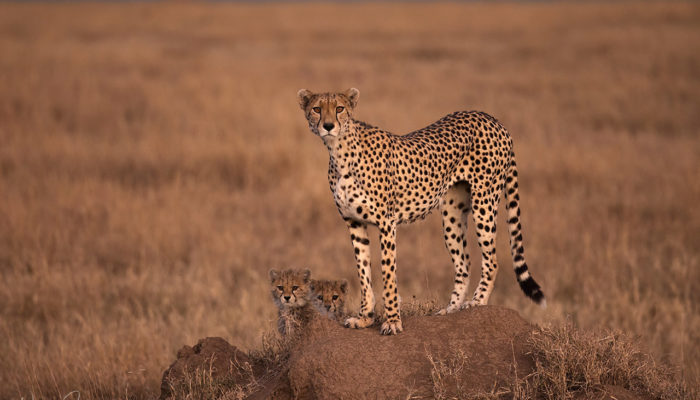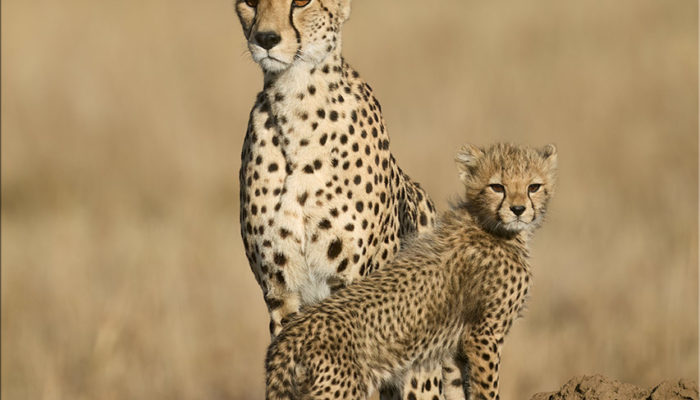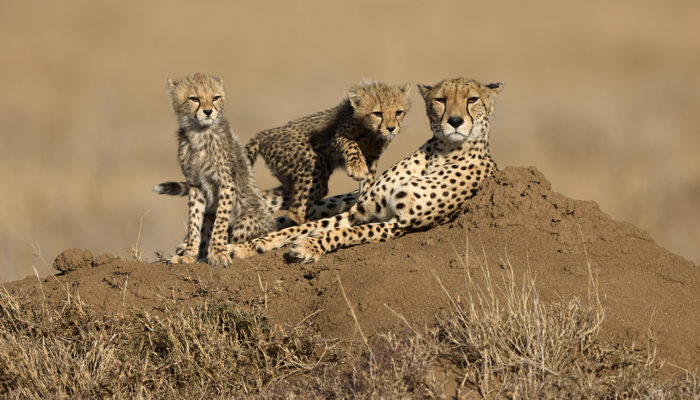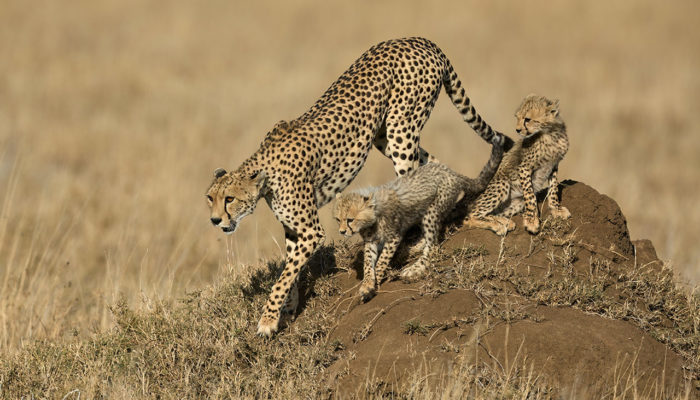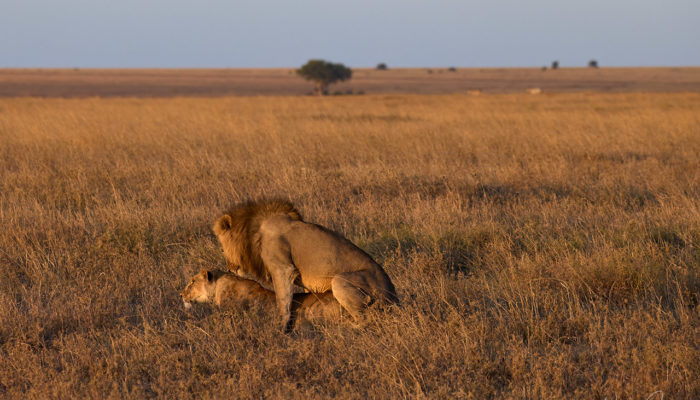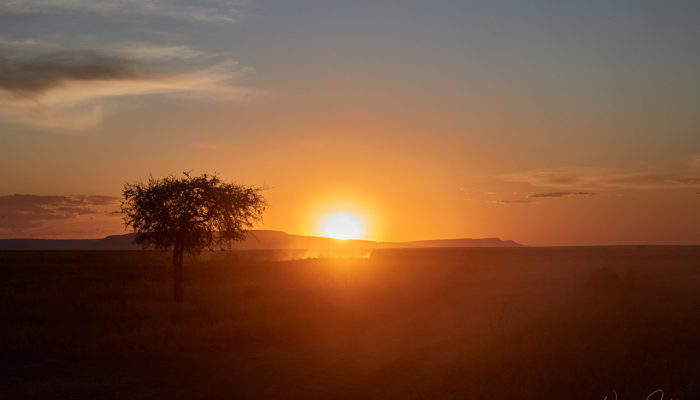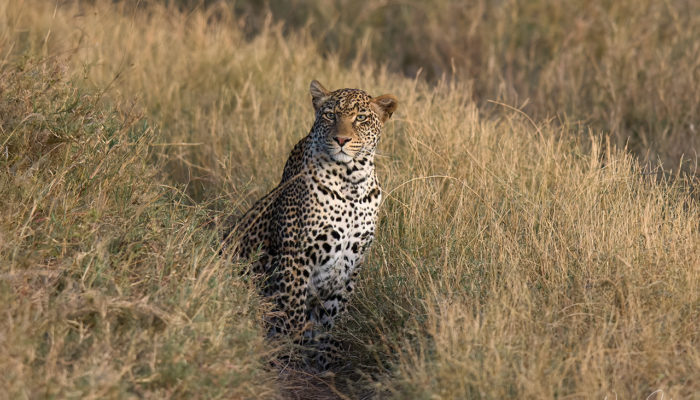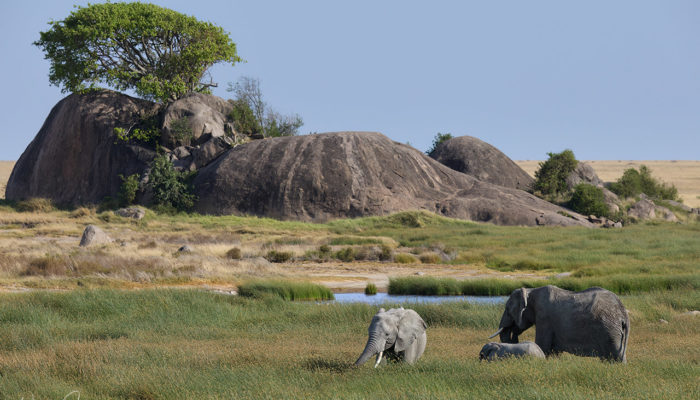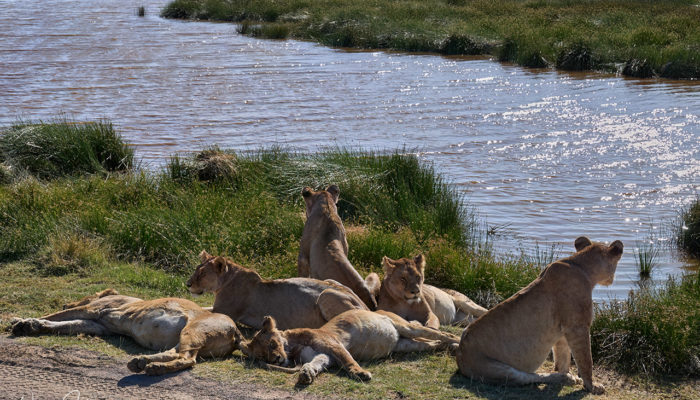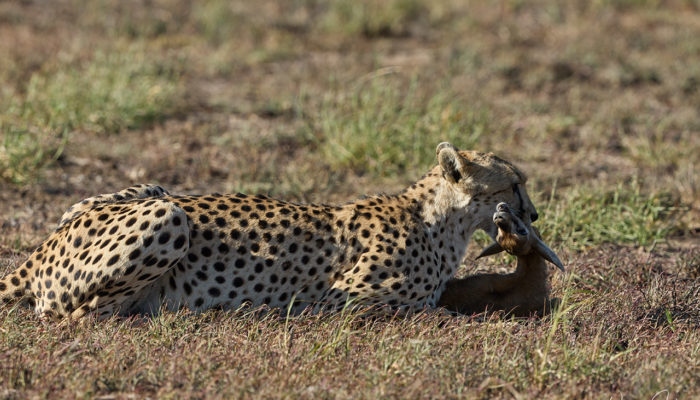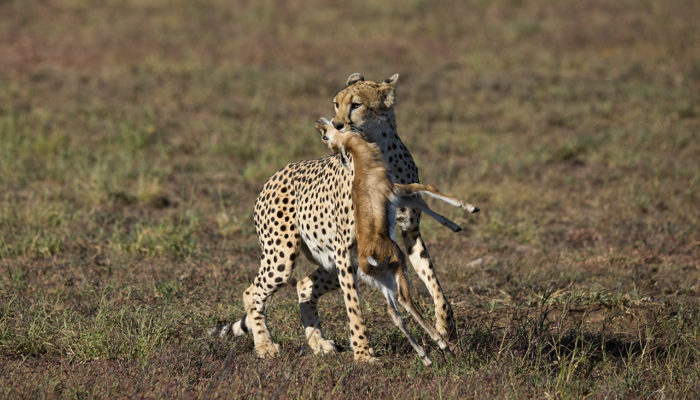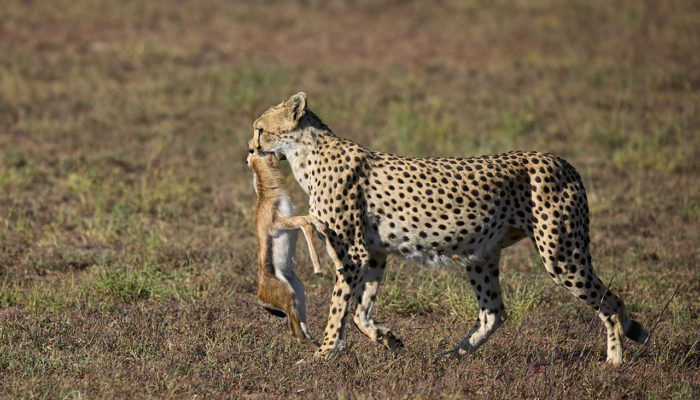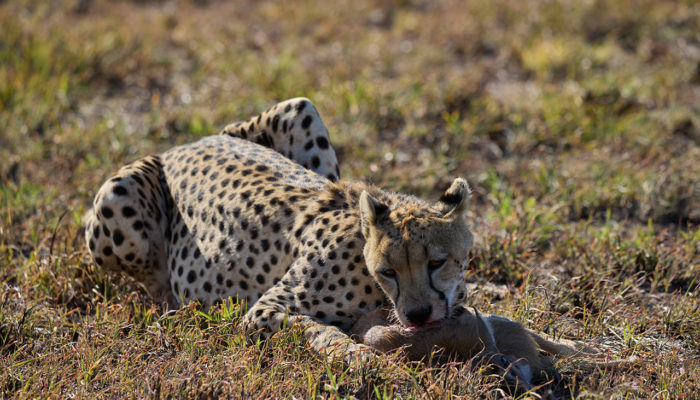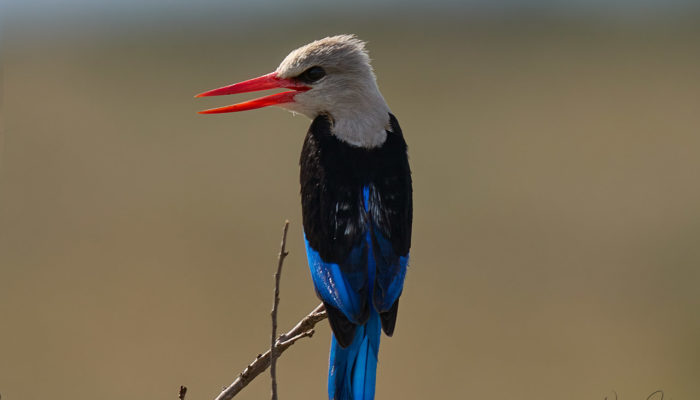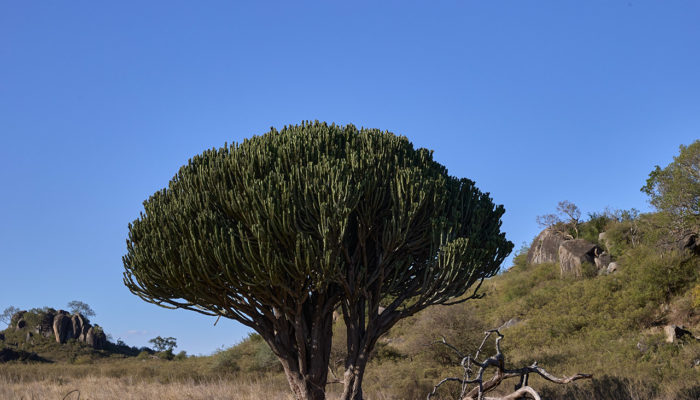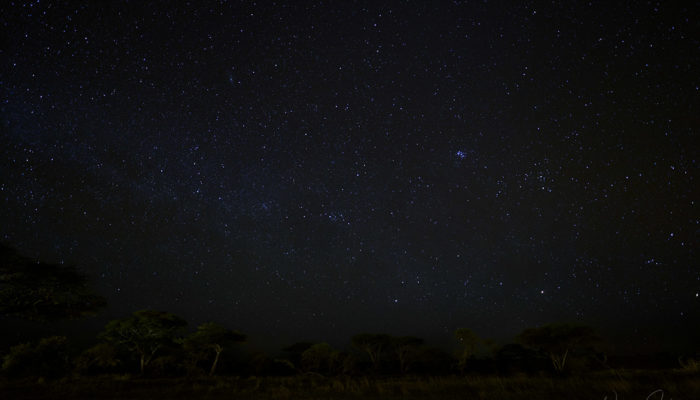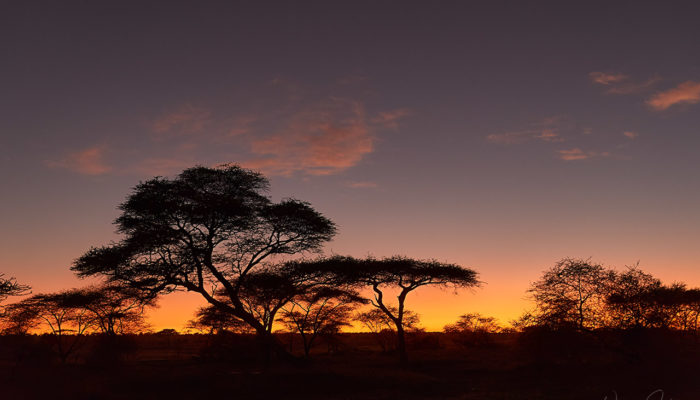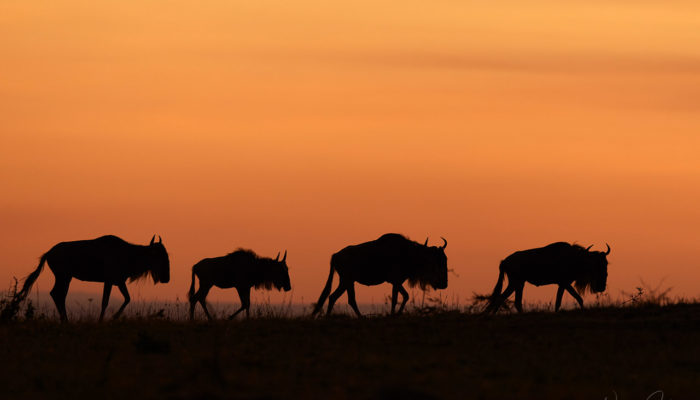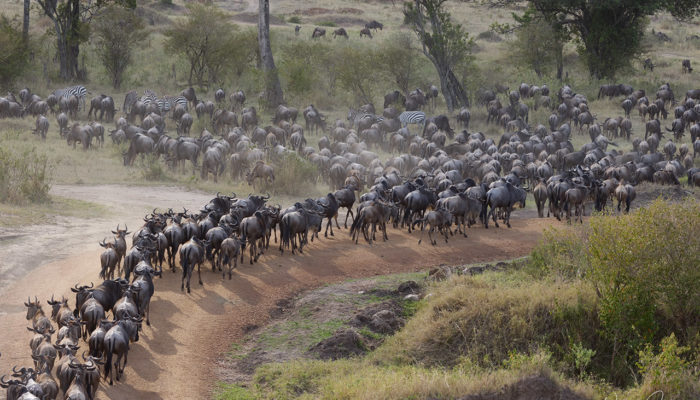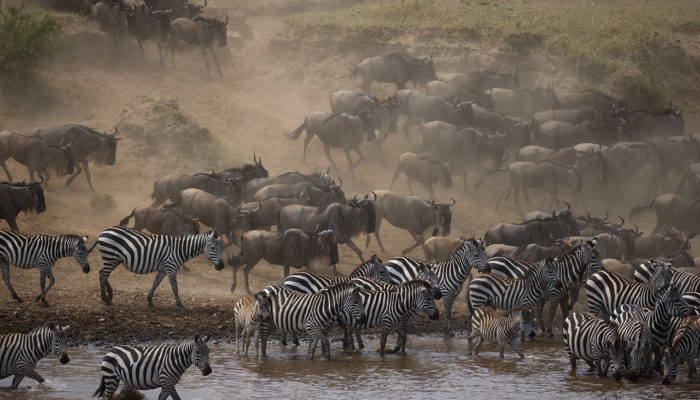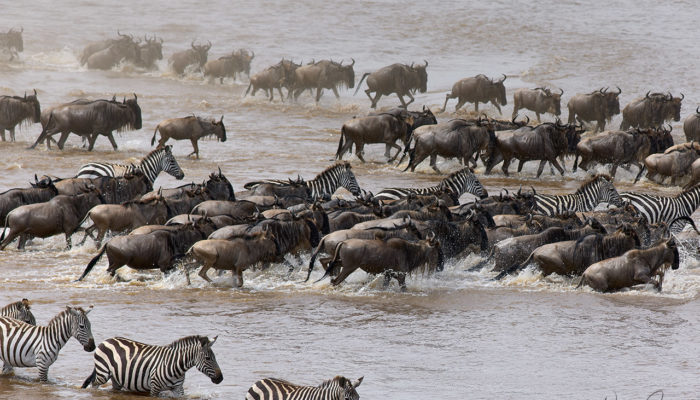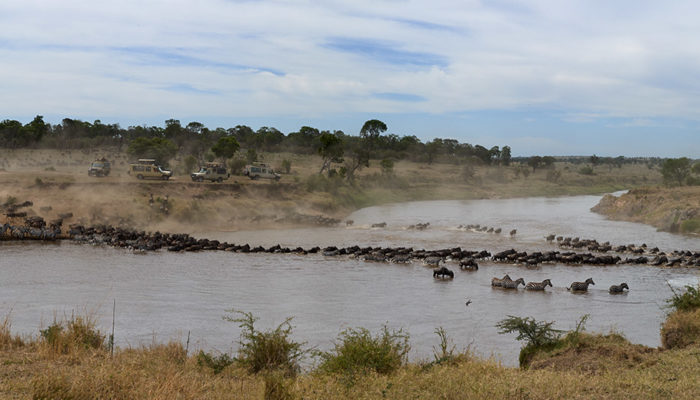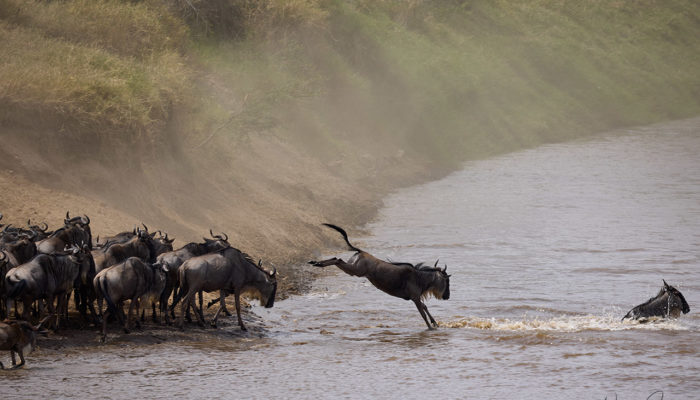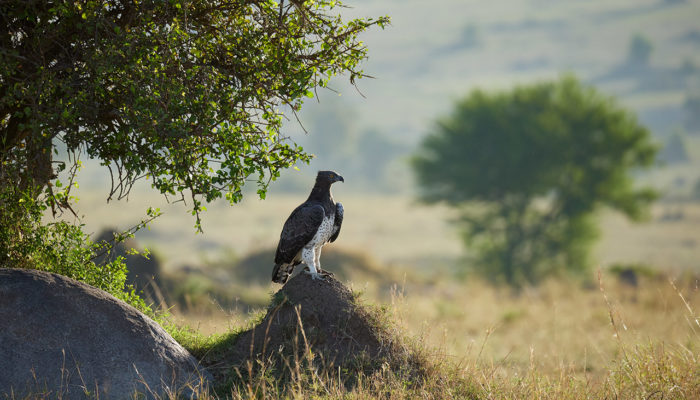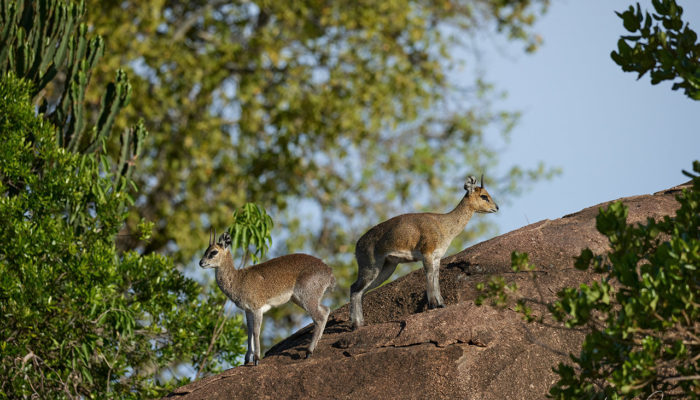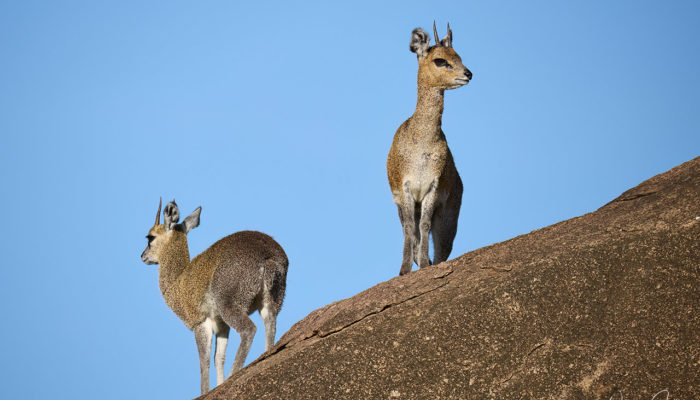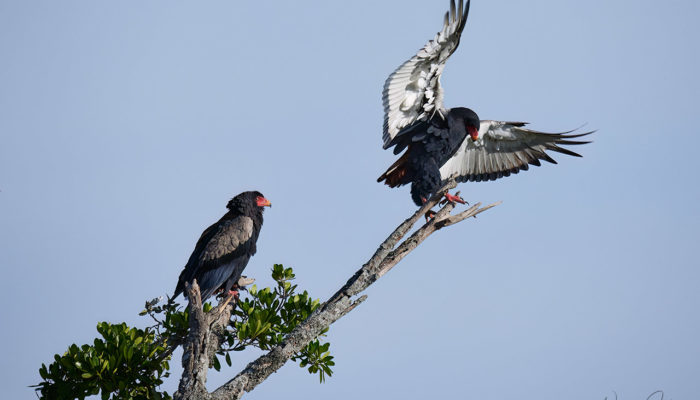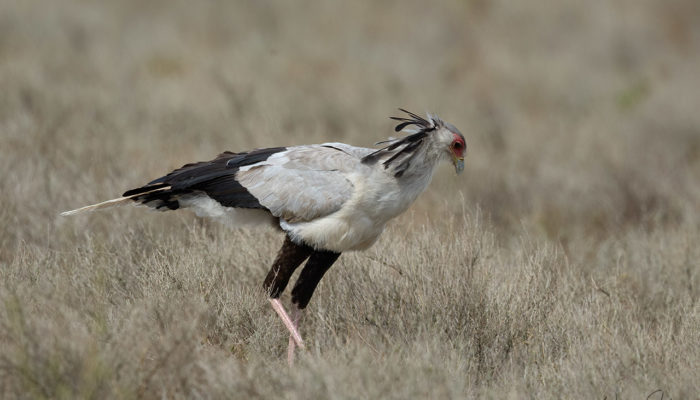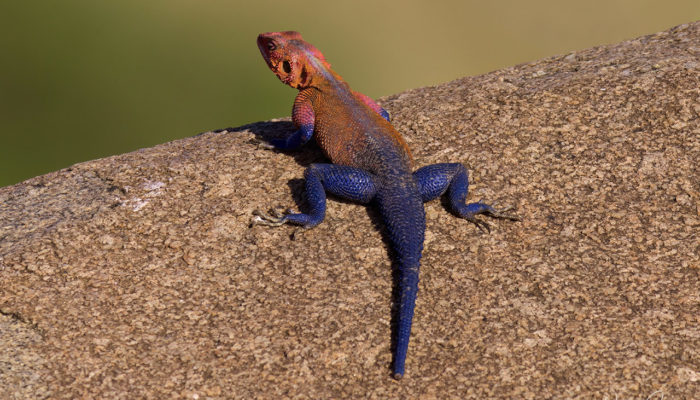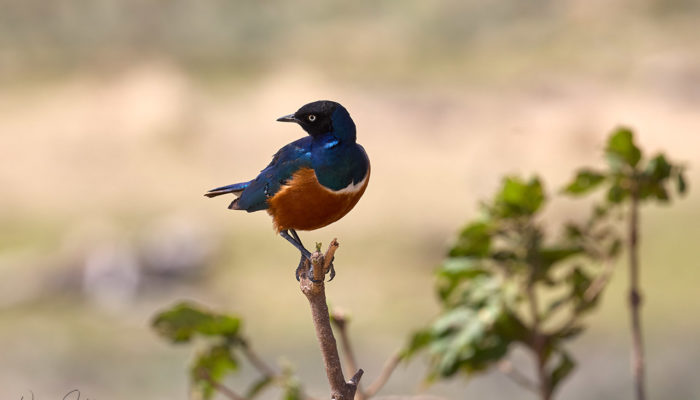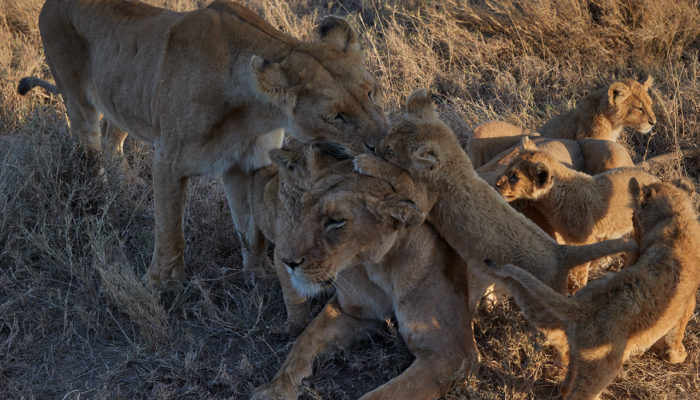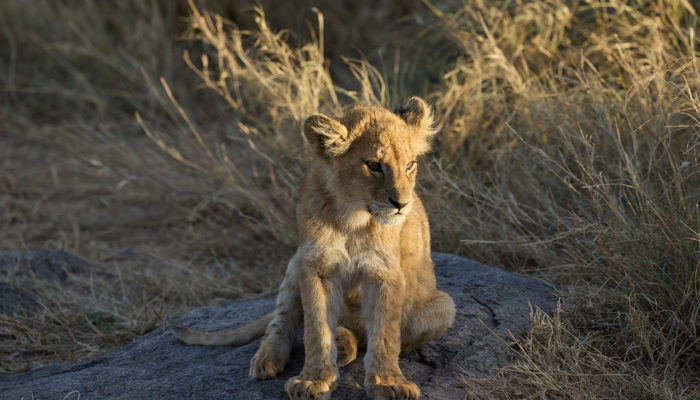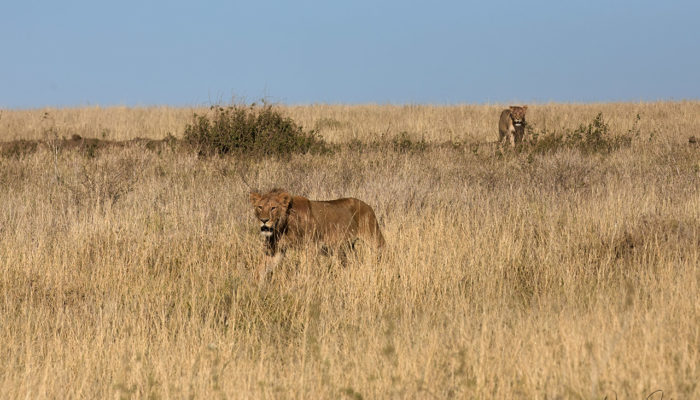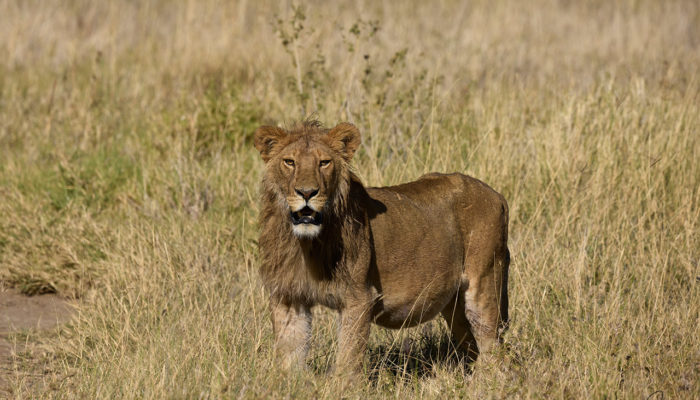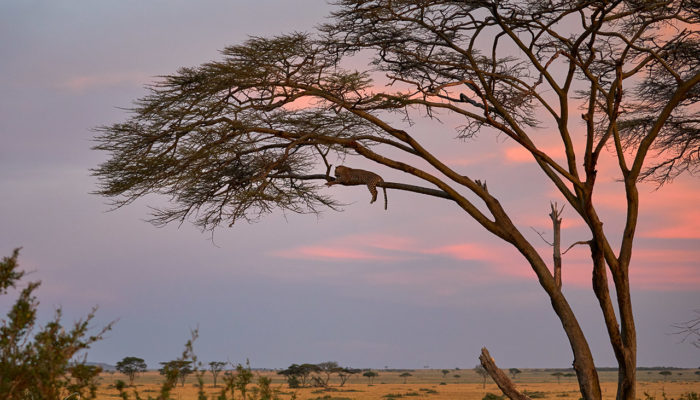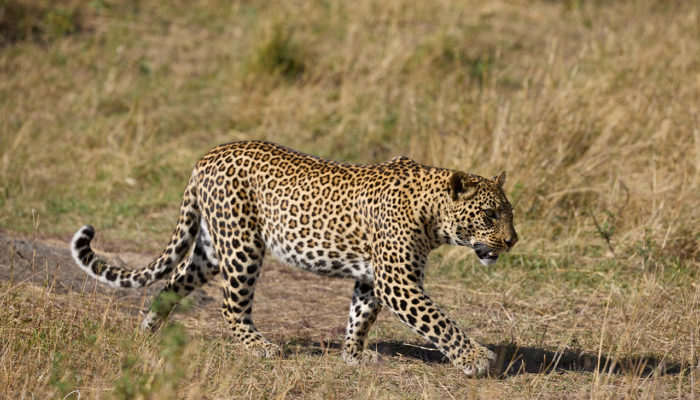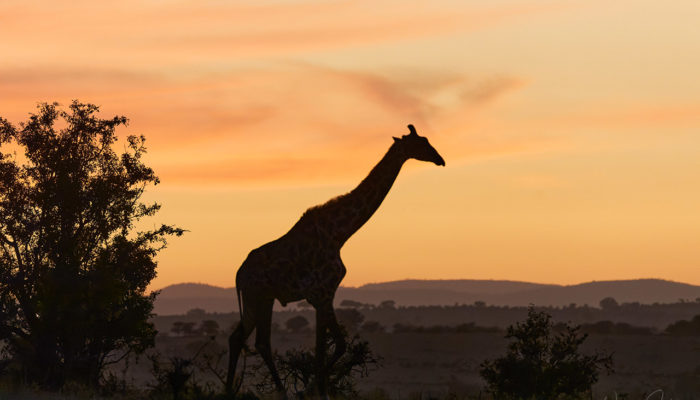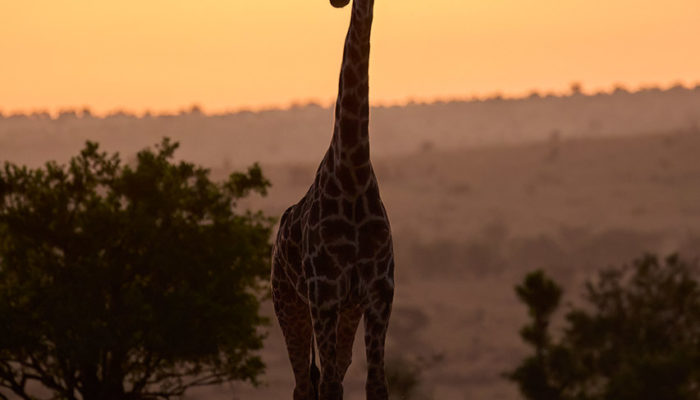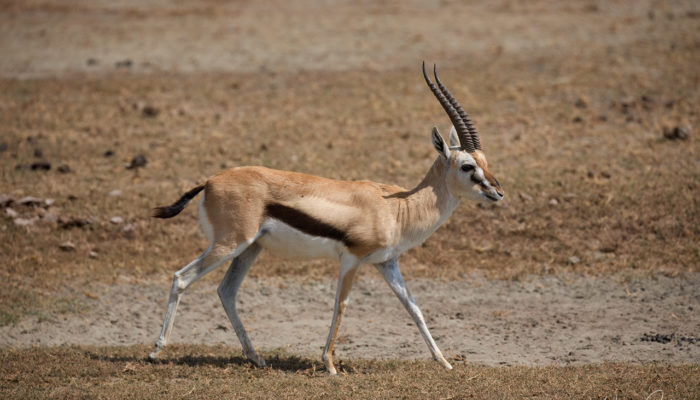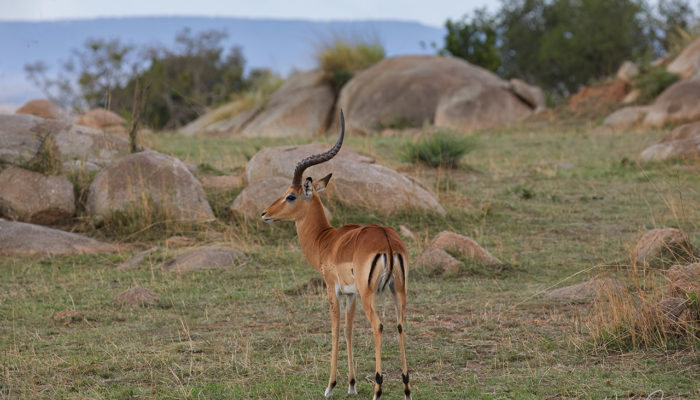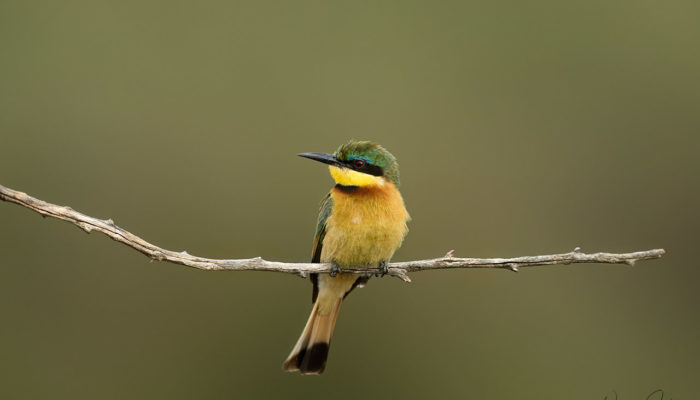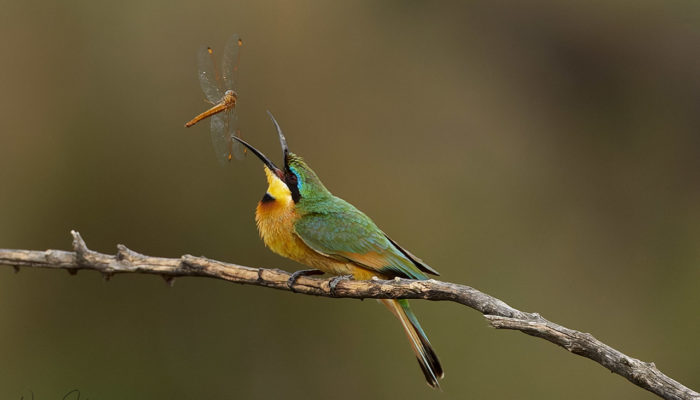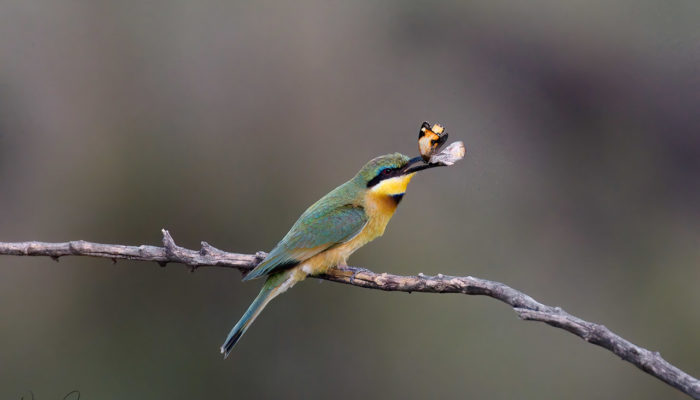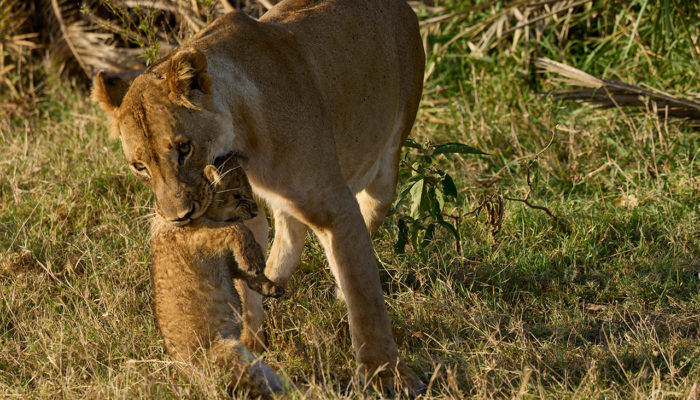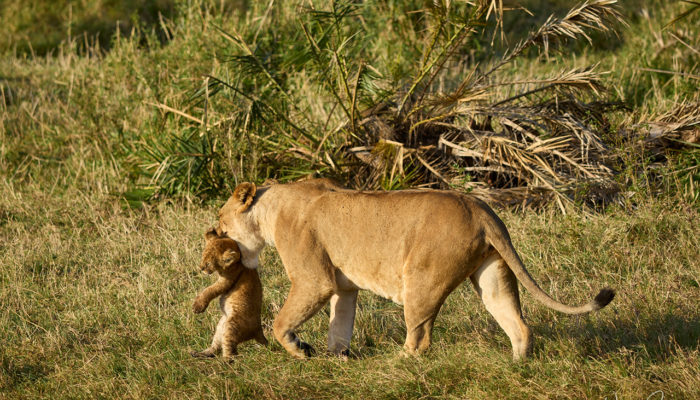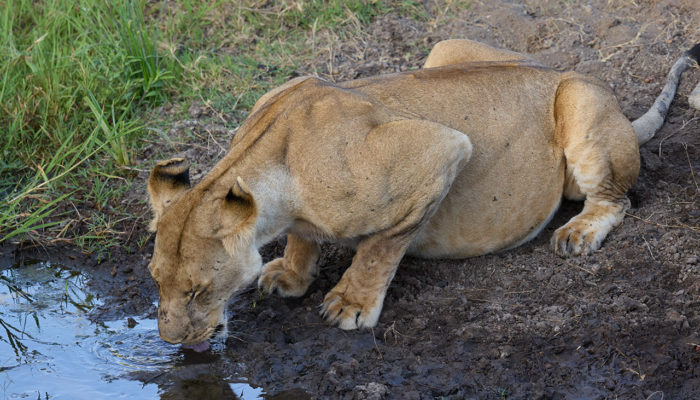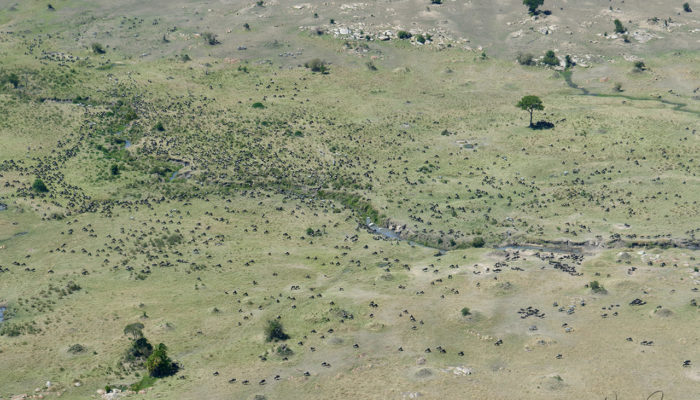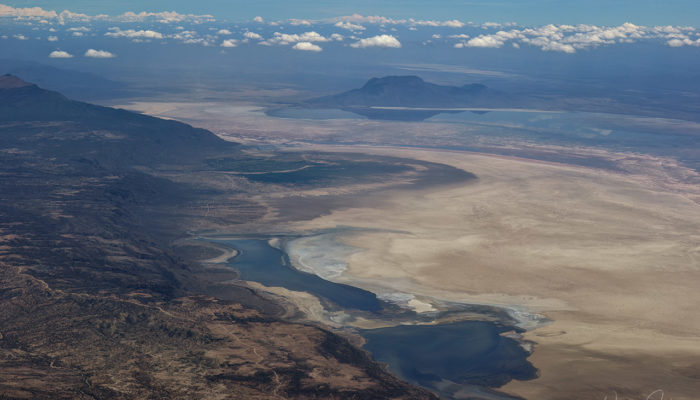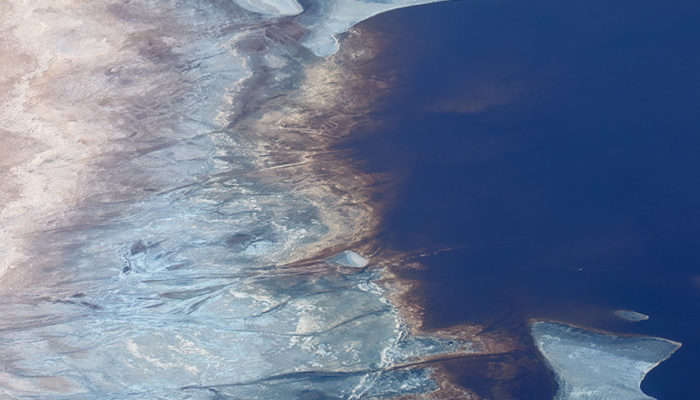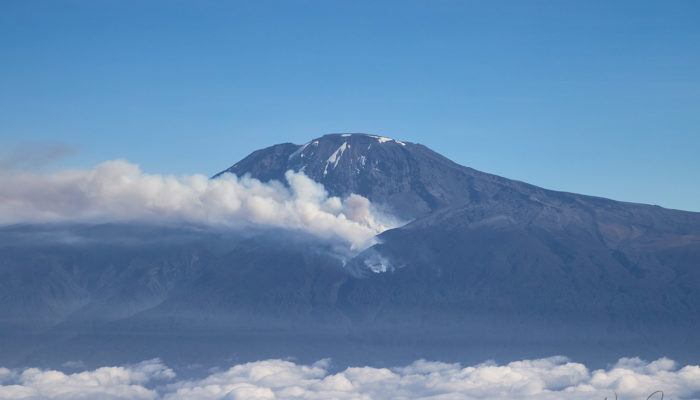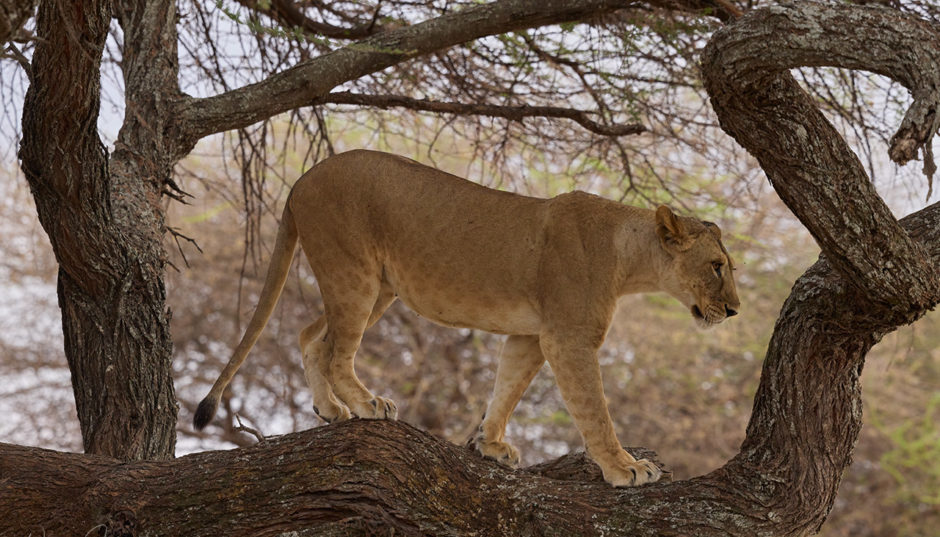
In October 2022 I took part in an exclusive 10days photo safari in northern Tanzania that included the world-renowned Serengeti National Park, Ngorongoro Crater,Tarangire and Arusha National Parks. It was my first visit to Africa after the private roundtrip in Namibia 24 years ago and also the first travel after the almost 3 years stay at home due to the CoVid pandemic.
The safari was perfectly organized by our leader and 3 extremely competent and cooperative local guides, making this trip a breathtaking and unforgettable experience for our small group of just 9 photogs and by far exceeded my expectations.We could see and photograph all the large mammals, East Africa stands for, including lions, cheetahs, leopards, elephants, hyenas, warthogs, zebras, giraffes, hippos, rhinos, buffalos, various species of gazelles, antelopes and monkeys to mention just the most popular animals. We also encountered the serval and caracal which are less popular smaller cats. The abundance of birdlife was part of our photography, too, of course. The lightning mood over the wide plains of grasslands at sunrise and sunset contributed to the special experience on the game drives. Most of the time, our schedule and accommodations allowed us to stay off the beaten paths and crowds. So other operators and tourist groups had no negative impact on our trip at all.
On our extension tour to the Northeast we were very lucky to watch the crossing of the Mara River which is part of the famous annual Great Migration of wildebeest and zebras. Since the timing is not predictable, though, it undoubtedly was a special highlight and bonus to be there just in time for watching the unique and impressive event.
TANZANIA is located in East Africa at the Indian Ocean, just south of the Equator and bordered by 8 countries. It has 2.6 times the size of Germany or slightly more than twice the size of California.The Northeast of the country exhibits a mountainous, for the most part densely forested terrain. It includes Mt Meru, an dormant volcano and the renowned Mt Kilimanjaro which is Africa’s highest mountain (5,895 metres ) and a dormant volcano, too. West of those mountains is the Gregory Rift, the eastern arm of the Great Rift Valley, that contains a number of large salt lakes on its floor including the known Natron Lake in the north.The rift also encompasses the Crater Highlands that include the Ngorongoro Conservation Area with the Ngorongoro Crater.To the west of the Crater Highlands lies Serengeti National Park and ecosystem which is part of East Africa’s high interior plateau. Just to the southeast of the park is Olduvai Gorge, where many of the oldest hominid fossils, tools and artifacts had been found. Further Northwest on the Kenya–Uganda–Tanzania border and close to SNP is Lake Victoria. This is the largest lake in Africa by surface area; at the same time it is the second largest in the world. 49% of the surface is part of Tanzania. Southwest of this, lake, separating Tanzania from the Democratic Republic of the Congo, is Lake Tanganyika..Tanzania has a share of 46% of this lake which is the deepest one in Africa and estimated to be the second deepest lake in the world after Lake Baikal in Siberia.
The far east terrain includes coastal plains and the Zanzibar archipelago just off the shore of the Indian Ocean
Tanzania has a distinct Dry and Wet season from June to October respectively November to May that has a large impact on wildlife, especially the Great Migration.
The country has three safari circuits,The most popular Northern circuit with the Serengeti and Ngorongoro Crater offers one of the best classical safaris in Africa, especially if timed with the annual wildebeest migration as we did it. The main destinations of our safari and animal encounters are described below.
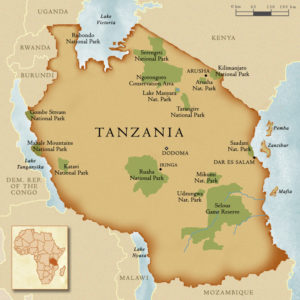
https://peopleandborders.org
Arusha National Park in the Northeast was founded in 1960 and is Tanzania’s most accessible national park of the Northern Circuit and smallest one of the country’s 11 national parks by covering 137 km2. It’s located just a few kilometers from Arusha and around 60km away from Mt Kilimanjaro which most of the time is enveloped in clouds, though.The park is dominated by the dormant Mount Meru stratovolcano (4566m), the second highest peak in Tanzania and fifth tallest in Africa. The varied landscapes with savannah grassland, dense mountain rainforest, swamps, rivers and lakes are impressive and reflected in three distinct areas: the Ngurudoto Crater to the east, the alkaline Momela Lakes at the centre and Mount Meru in the west. Because of its small size and proximity to the town, Arusha NP is popular for daytrips, too, which can cover the major highlights by vehicle though you can spend much more time there, of course, i.e. for guided hiking and trekking. That is not possible or allowed in the other parks.
We visited Arusha NP on a one-day game drive, too, primarily to look for the exclusive Black & White Colobus Monkeys and Blue Monkeys and to get familiar with the shooting conditions from the safari vehicles at the beginning of the trip,.Aside from the primates, the park has a wide variety of other wildlife including giraffe, cape buffalo, zebra, warthog, bushbuck, various antelopes and others though usually not in the huge numbers often found in the larger parks. Arusha NP is also home of 400 species of birds with large flocks of flamingos at the lakes being the most noticeable.
Tarangire National Park in northen Tanzania was established in 1970 and covers an area of approximately 2,850 km². It is famous for its large population of elephants that seasonally can swell to 6500 individuals attracted by water. Another attraction is the vast number of huge and scenic Baobab trees (”trees of life”), some several hundred years old.Their barks are also food for the elephants during the dry season as they contain moisture. Apart from those remarkable trees, the thick vegetation is a mix of acacia woods, sausage trees, palms, Comiphora bushland and seasonally flooded grassland while the landscape is composed of granitic ridges, the river valley and swamps. Tarangire River the park has its name from, is the only permanent source of fresh water for wild animals in the whole Tarangire Ecosystem during the annual dry season, causing the second largest migration of herd animals in Africa after the Serengeti Migration. That’s because the animals enter the park in search of water from distant surroundings of Tarangire, too..The park is also known for the termite mounds that dot the landscape.Those that have been abandoned are often home to dwarf mongoose. A special attraction are the tree-climbing lions which try to rest there and take refuge from the flies. We frequently encountered olive baboons, vervet monkeys, wildebeest, zebras, giraffes, warthogs, dik dik, waterbucks, impalas, Elands, Grant’s gazelles to name just a few mammals.
There are more than 550 species of birds in Tarangire NP building one of the most diverse population in all of Africa, supposedly with more breeding species than anywhere on Earth. We photographed various hornbills, lilac-breasted rollers, lappet-faced and white-backed vultures, ostrichs, great white pelicans, saddle-billed storks, various species of egrets, shrikes, weaver, kingfisher, lapwings, ibis, owls, buzzards as well as lovebirds, red-and-yellow barbets, Martian and Tawny Eagles and many more, some of them shown in the gallery.
The Ngorongoro Conservation Area (NCA) was part of Serengeti National Park until 1959. It became the status of a World Heritage Site in 1979 and an International Biosphere Reserve in 1981.It hosts the spectacular Ngorongoro Crater which geologically speaking isn’t a classical crater but a caldera that was formed by the collapse of an old volcano. It’s the largest unflooded and unbroken caldera in the world. With a diameter of about 20km and 600 meters deep, the Ngorongoro “Crater” is an amazing natural wonder. Roughly 260 square kilometers of savanna are completely encircled by a mountainous ring which is covered in dense jungle.The steep sides of the caldera have become a natural enclosure for a wide variety of wildlife amounting to 30000 animals at any time.The rim of the caldera is approximately 2 200 meters above sea level that causes a lot cooler climate than in most areas in northern Tanzania.The crater floor consists of a number of different habitats that include grassland, swamps, acacia forests, riverine and Lake Magadi (also known as L. Makat which is a Maasai name for salt) – a central soda lake filled by the Munge River. Each of these habitats attracts a variety of animals.
There are herds of wildebeest, zebra, and a lot of buffalos and Grants’ gazelles too. Elephants, hyenas and lions are also prominent.Giraffes are not present in the crater, though, because of the steep descent. Hippos and flamingos are seen at Lake Magadi.The crater is a special protection area for rhinos making the area one of the best places in East Africa to see black rhinos. We also encountered and photographed the serval and caracal which are lesser known smaller cats. Birdlife included Eurasian bee-eater, Grey crowned cranes, Yellow-billed stork, African fish eagle, Tawny eagle, various egrets, vultures, ibises and waterfowl.
The NCA also protects Olduvai Gorge and Laetoli, the famous and amongst the world’s most important paleoanthropological sites for the investigation and evidence of human evolution. Due to the discovery and excavation of the earliest known specimens of the human genus, Homo habilis, as well as early Hominids, such as Paranthropus (Australopithecus) boisei, the area is considered the “cradle of mankind”..The Laetoli footprints, probably originated from Australopithecus afarensis, are preserved in volcanic ash 3.7 million years ago,
 Statue symbolizing Paranthropus (Australopithecus) boisei on the left and Homo habilis to the right, photographed.near the Olduvai Gorge on the route from NCA to the Sergenti NP.
Statue symbolizing Paranthropus (Australopithecus) boisei on the left and Homo habilis to the right, photographed.near the Olduvai Gorge on the route from NCA to the Sergenti NP.
Our schedule didn’t include a visit of the Olduvai Gorge and museum there.
Serengeti National park is Tanzania’s oldest national park and most popular tourist destination The name Serengeti comes from the Maasai language, meaning ‘endless plains’. SNP was proclaimed a national park in 1951, and designated a World Heritage Site by UNESCO in 1981. It covers 14763 km2 of savannah, in some areas with the typical flat-topped Acacia, such as the Umbrella Thorn (Acacia tortilis), Fever Tree (Acacia xanthophloea) but also the Green Thorn (Balanitis aegytiacea) and the Sausage Tree (Kigella africanus) which often occurs along rivers and grassland edges. There can be seen more different trees, of course. So part of this savannah landscape are not only the endless short grass plains the Serengeti is famous for. The park also includes kopjes (rocky outcrops), marshes, tall grassland and woodlands, hills and even a number of rivers which are mostly seasonal. But the known Mara River in the north contains water all year round.The park is situated on a high plateau in northern Tanzania, directly east of Lake Victoria and extends into the south of Kenya where it’s known as the Masai Mara. SNP lies between 1°20’ and 3°20’ South and 33°50’ and 36°00’ East. The whole ecosystem including Ngorongoro Conservation Area,(NCA) described above and other game reserves or controlled areas compromises about 30000 km2..
The Serengeti is world-famous for the annual spectacle of the circular Great Migration of up to 1.6 million wildebeest and 150000 zebras, mainly in order to ensure enough food and water throughout the year. Zig thousands of Grant’s Gazelles, Eland and Thomson’Gazelles migrate, too, but usually with much shorter routes than those of the wildebeest and zebras. The Great migration follows a clockwise seasonal pattern, defined by rainfall and grass nutrients: The animals basically alternate between the Short Grass Plains with low rainfall in summer and the wooded, Tall Grass areas in winter. Nowhere on earth is there a sight that can rival the spectacle of totally over 2 million hoofed animals on the march trekking a distance of 800 km.

Great Migration, animated
with kind permission from https://www.tanzania-expeditions.com

Great Migration, Overview
with kind permission from https://www.serengetiparktanzania.com
Consequently, Serengeti including its neighbouring Masai Mara in Kenya has the highest concentration of large mammals in the world. The Serengeti ecosystem is also famous for about 2800 lions, the largest population of those big cats found anywhere. An estimated 1000 leopards are in the area, too. But In contrary to the prominent lions they’re not commonly seen, because of their secretive lifestyle in preferably wooded areas and their nocturnal habits.Though Serengeti still is one of the best locations for cheetah sightings, too, their population is estimated at only about 300 individuals on the plains and about 600 within the ecosystem. Cheetah numbers in Africa have declined by 90% in the past hundred years because farmers have driven them out, hunters have shot them off for fun and the young ones are caught by poachers for exotic pet trade. Barely 10,000 cheetahs are left in the wild today. We were happy, though, to encounter all three species of the cats mentioned above.
Aside from the huge numbers of wildebeest, zebras, antelopes, gazelles and big cats, the Serengeti hosts many other mammals, such as elephants, giraffes, warthogs, hyenas, jackals, hippos etc. More than 500 bird species have been recorded in Serengeti National Park, too, – Kori bustard, African fish eagle, ostrich, Secretarybird, Bateleur eagle, various species of rollers, bee eater, kingfisher, herons storks, vultures to mention just a few we’ve see , some of them at or close to the Mara River near the Kenyan border which is the location of the famous and most spectacular part of the Great Migration, – the iconic river crossing of thousands of wildebeest and zebras, Driven by their strong instinct nothing can deter and prevent those animals to get to the greenery on the other side – not even the presence of Africa’s largest population of huge Nile crocodiles hungrily waiting for them and neither a robust population of territorial hippos. So the crossing of the treacherous, partly also deep Mara River represents in many ways the climax of the long migration and one of the most chaotic and often dramatic scenes in the animal world. We could see some crocodiles around but the wildebeests and zebras this time were lucky to get safely to the other side without facing an attack.That said, the crossing is not a single and predictable event. Once a herd arrives at the river banks, the animals do not immediately jump into the river but usually search for a place to cross where the banks are not too steep. And there are several optional crossing points along the river. Naturally, they also are hesitant to cross knowing the risk and it may take hours or even days before they amass the courage to take that dreaded plunge.
So we were very lucky to witness this spectacular event which definitely was a highlight of the safari as mentioned in the introduction.
Photography:
Mammals and birds primarily were photographed with the Canon EF 200-400mm/ f4 L IS USM +1.4x Ext, mounted on the Canon EOS R5 via EF-RF Adapter and the Canon EF 600mm/f4 L IS USM II + 1,4x Ext III on the Canon EOS R3 with EF-RF-adapter, too.
Additionally, the Canon EF100-400mm/f 4.5-5.6 L IS USM II on the Canon EOS- 5 Mark IV or Canon EOS-1Dx MarK III were used. Sceneries mostly were captured with the EF 24-70mm/f2.8 L USM and EF 70-200mm/f 2.8 L IS USM II zooms on the 1Dx III or EOS-5 Mark IV in combination with the RF 24-105mm/f4 L IS USM on the R5. Occasionally, the EF 16-35mm/f4 L IS was used too.
Some further thoughts and experiences
On this safari, both the 200-400mm +1.4 Ext and 600mm +1,4 Ext lenses proved to be very good choices in terms of reach and quality for wildlife and bird shots. However, occasionally the bulkiness and weight of these combos compromised responsiveness with the risk of missing the start of some sudden unexpected action. That was especially true for my 600mm version II which even is 1kg heavier than the latest RF/EF version III. Considering that most photos were taken handheld from the top of the vehicle with support of bean bags, it was necessary to lift and quickly arrange the set up once an animal and action was sighted. Despite the limited range, the 100-400mm zoom would have sometimes been the better choice for flexibilty if a spontaneous reaction was required, i.e. for BIF or when a sudden action had occurred.
I’ve been shooting with DSLRs for several decades. So this was the first major photo trip on which I took most animal photos with my relatively new Canon R5 and R3 mirrorless cameras. My experiences were mostly positiv. I maybe share my findings in more detail later in the photography section. There are distinct advantages of moderns ML cameras that are known and widely discussed on the internet with the Animal Eye-AF being the most important benefit for wildlife and bird photography. Most of the time, It did a good job on both the R3 and R5 on this trip.However, depending on the motif and background, it also happened that the AF was hunting across the frame before finding the animal’s eye or even misfocused. From my experience, the R3 performed a bit more reliable here, especially for tracking.You can select an adjustable zone for the animal eye AF to find and initially track the eye. But the R5 was not bad either.
The ability to select an AF point anywhere within the frame without the need for recomposition and the theoretically higher focus accuracy are addtional benefits of ML cameras in the field. However, over the years I basically have had no major issues with most of my DSLRs
On the flip side, modern mirrorless stills & video cameras are becoming more and more overloaded with features and optional settings that are prone to confusion and errors and thus can distract from the main task in the field. So it’s certainly important to let the complex technique of today’s computer not gain the priority over the photographic aspects and compositions. In any case, it was very important to configure all the menus, buttons and wheels in the forefield of the trip and get familiar with the setup in advance – the more as I haven’t used the relatively new ML cams that extensively compared to my experience with DSLRs..
Personally, I’m not a big fan of touch screens for deep menus. It’s easy to make a mistake or get lost in the settings. Certainly, that’s a matter of practice and preference, though. For the first time I preferably had set the cameras to manual mode in combination with a limited Auto ISO interval while I mostly had used fixed aperture and defined ISO settings on my DSLRs in the past. Although Auto ISO mostly worked as intended, it also happened several times that ISO values provided by the camera and thus the shutter speed were much too high and not needed in the specific situation. Consequently, that generated more noise than necessary. Of course, I could have adapted the Auto ISO range again or switch to a fixed ISO. However, I sometimes simply overviewed the high auto ISO dialed in by the camera because I was focused on the action. But it also had made no sense to fiddle around with the settings while a peak action occured and thus miss the shot. Setting an exposure compensation was also more cumbersome in manual and Auto ISO mode than in Av or TV mode and fixed ISOs. Fortunately, noise isn’t a big problem on today’s cameras, though, with the R3/1DxIII being excellent in the high ISO department. Moreover, noise easily can be removed with tools like Topaz Denoise and PureRaw..
While those points aren’t specific for mirrorless cameras, there are some known basic limitations and issues around mirrorless camera autofocus with long lenses and close little subjects, when switching from close to far and back. It happened that the auto focus simply didn’t work if I had photographed a distant motif and afterwards spontaneously tried to capture a small bird such as a little bee-eater close by. That’s ennoying but obviously an inherent problem with ML cameras not happening with DSLRs. You can only circumnavigate it by manually changing the focus or presetting the tele for a closer distance – if you have the time before the bird flies away 😉
In summary, I was happy with the performance of my R5 and R3 cameras. Some errors or issues with the settings and drawbacks described above may be due in part to my brief experience and practice with the relatively new ML cameras. Certainly there’s still a learning curve on my part. As for the output, which is the most important factor for me and most photogs, of course, the R5 and R3 delivered very good image quality as the DSLRs did, too. However, depending on the motifs, the lower resolution of the R3 sometimes was obvious at closer inspection during post processing, and also limits the option for cropping if you need large HQ prints.Though MLs are the future, I currently feel no pressure or need to give up on using my trusty DSLRs, too. So will take advantage of both systems for the near future. Over the years, I have build up a pretty large collection of EF lenses that can be used without the need to invest in costly RF counterparts.
Finally, it should be mentioned that dust was a major issue on the unpaved, often quite bumpy paths and open-topp safari vehicles. So it was advisable to change lenses in the field as little as possible and put the combos in the closed backpack, additionally wrapped in a (rain)cover between the frequent stops. However, this procedure soon proved too cumbersome and time-consuming, at least for the long lens setups with the obvious risk to miss the motifs or peak actions.Therefore, on the game drives, I put one of the long lenses with the camera attached on my lap but enveloped it with a rain cover. Whilst this helped to protect the gear from major dust exposure without sacrificing the flexibility too much, I would have been better off with an additional tele lens case, such as the Lenscoat Xpandable long lens bag. and definetely would buy one if I went on another safari in Africa.
We came home with around 16000 raw files which even is at the low end in comparison to the number of images some fellow photogs had captured. As usual, the raw files were organized and partly keyworded in LR already on the trip Back home, after compiling selections most raw files were processed in CaptureOne and fine tuned in PS, Topaz Denoise or PureRaw.
The gallery primarily aims to provide an impression and overview of the amazing variety of mammals and birds that we encountered and therefore does not only focus on depicting the special moments. It was of course difficult and down to personal preference to prepare a limited selection for this website.

